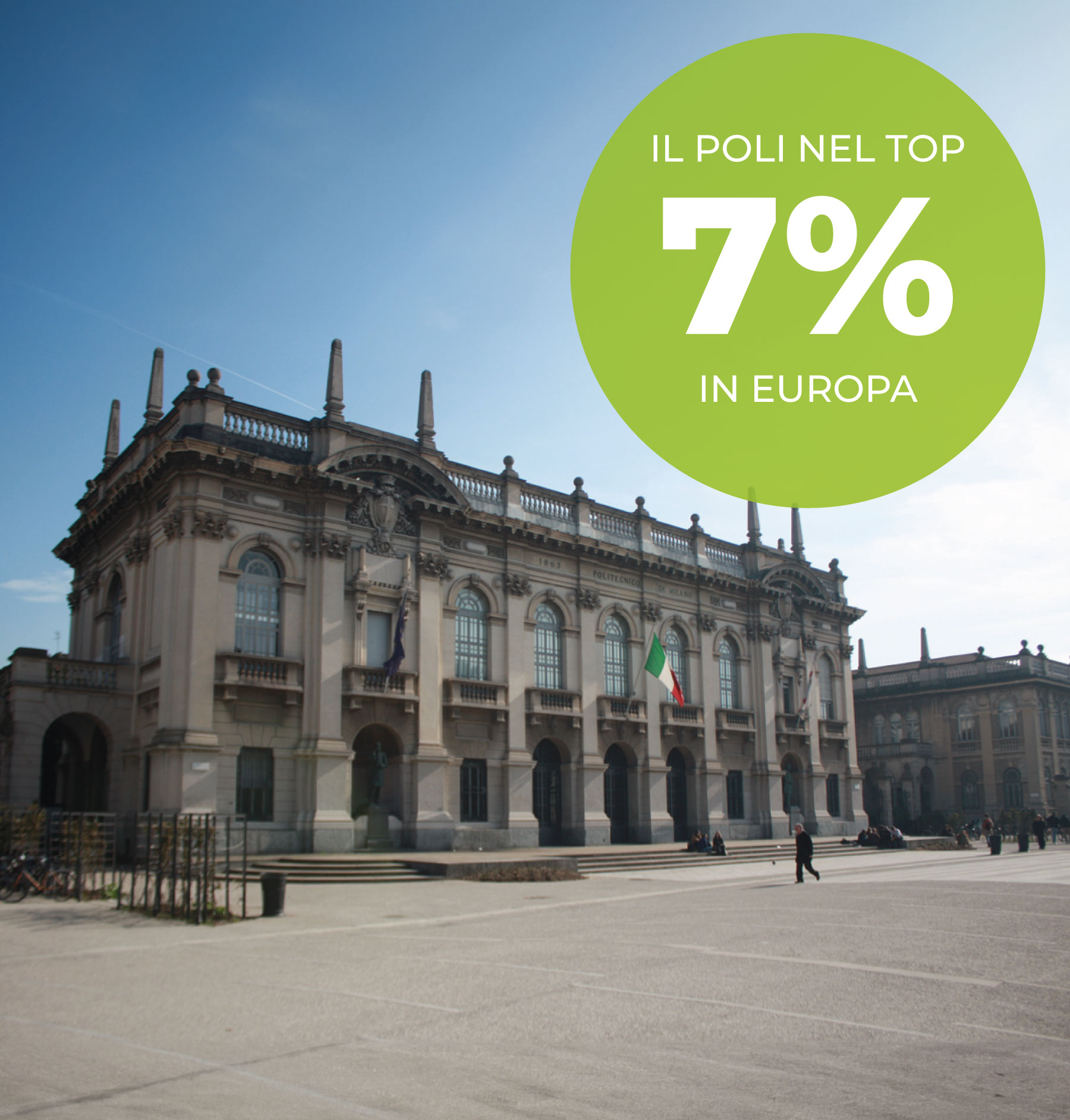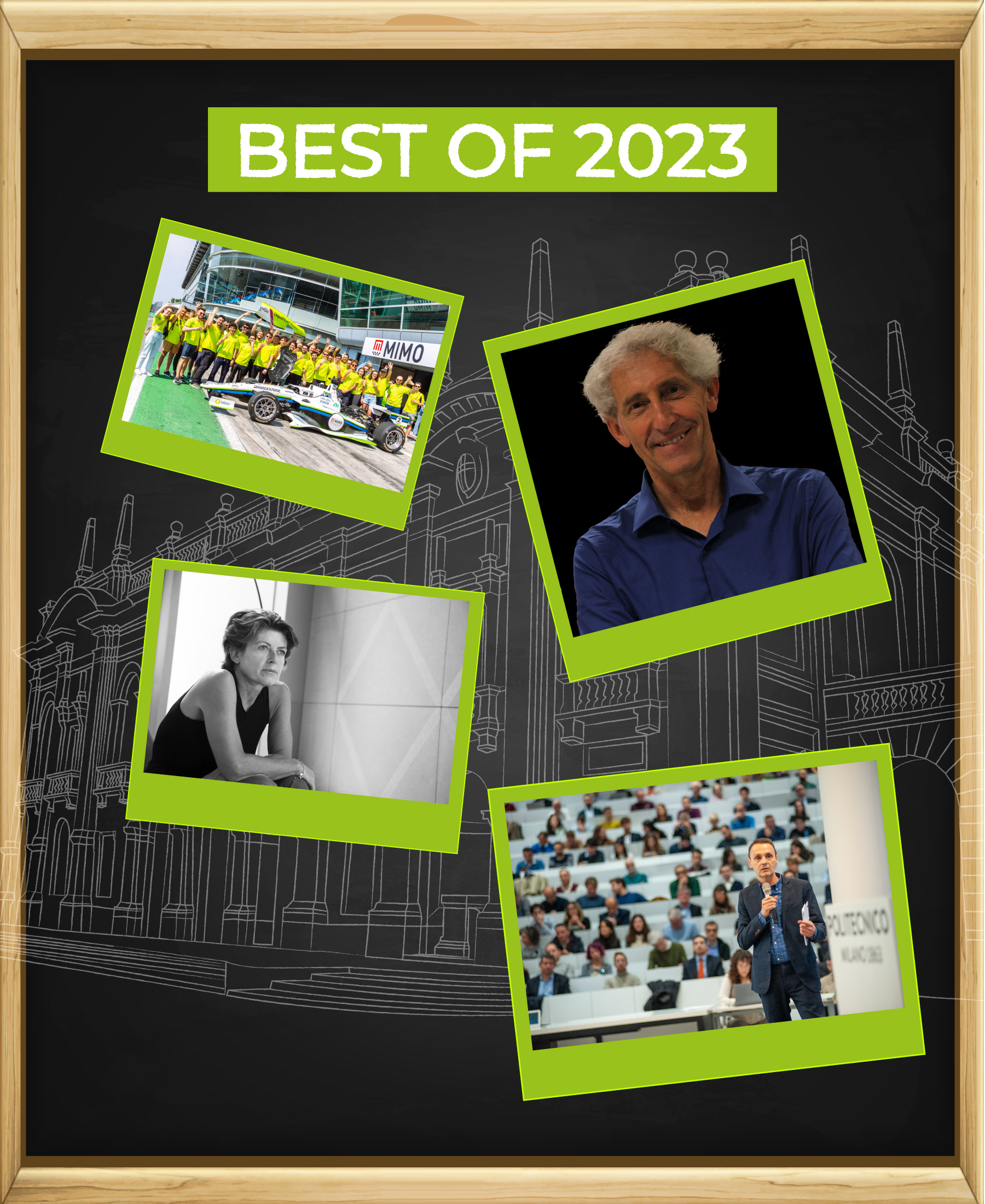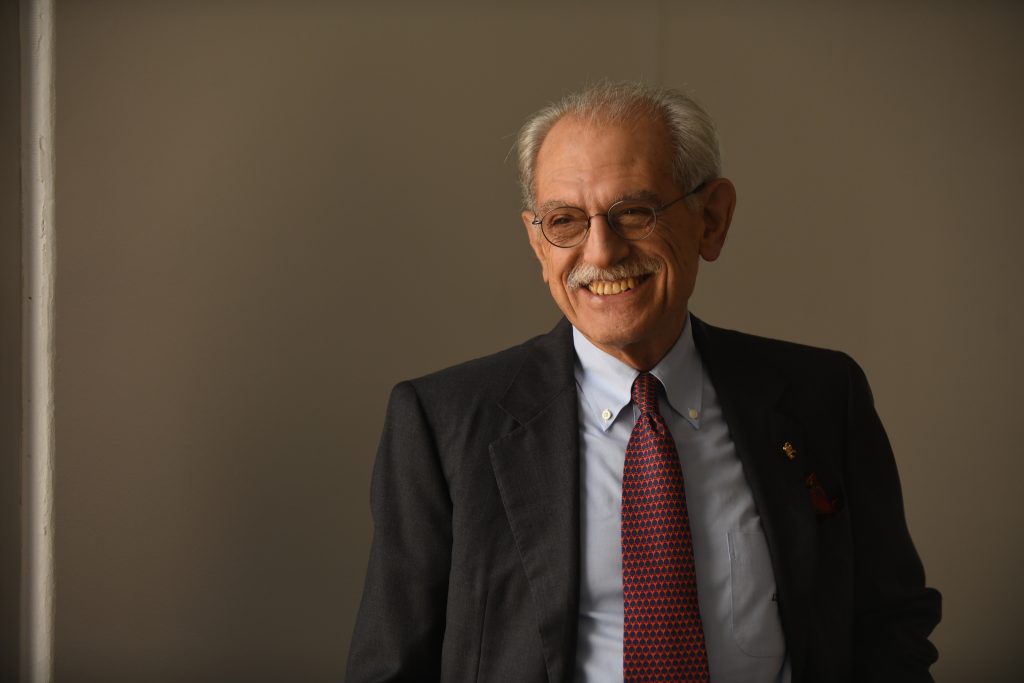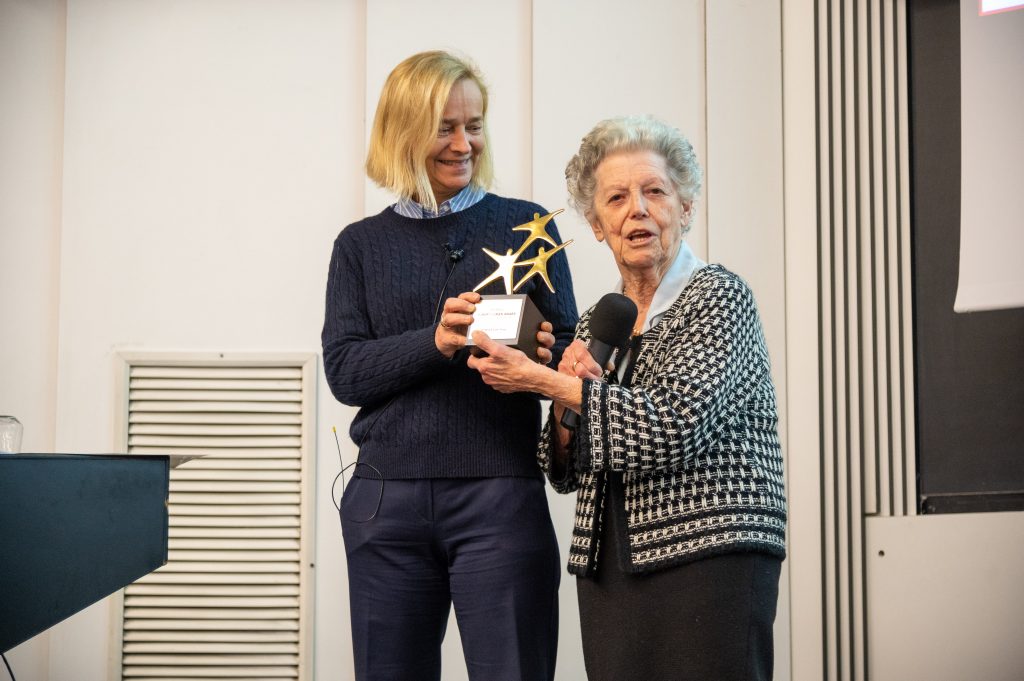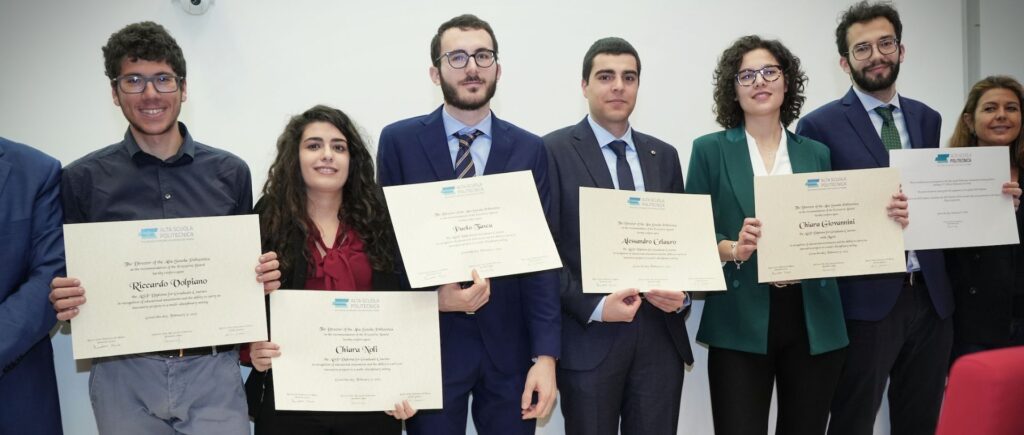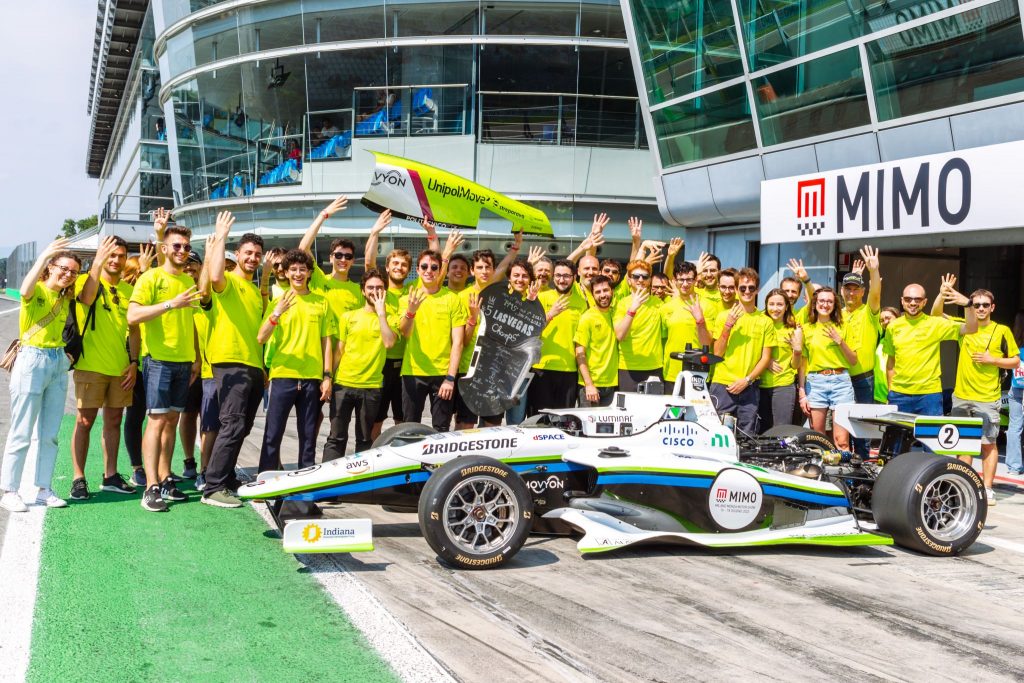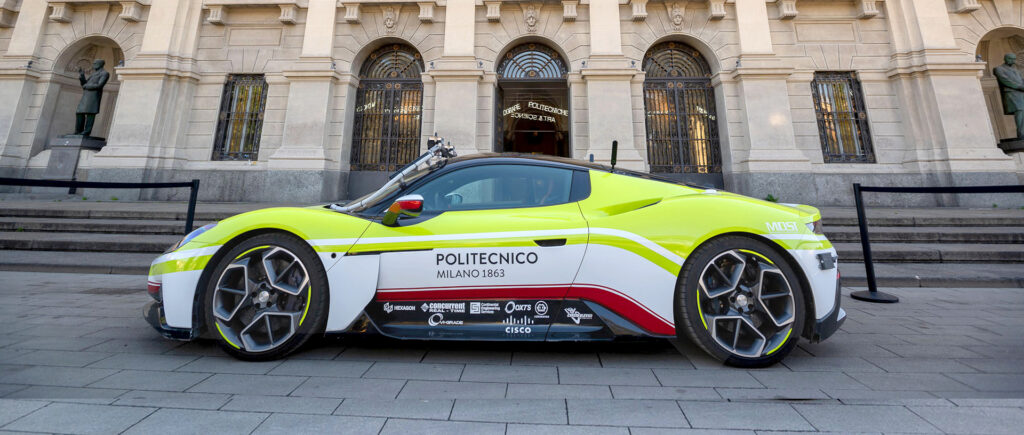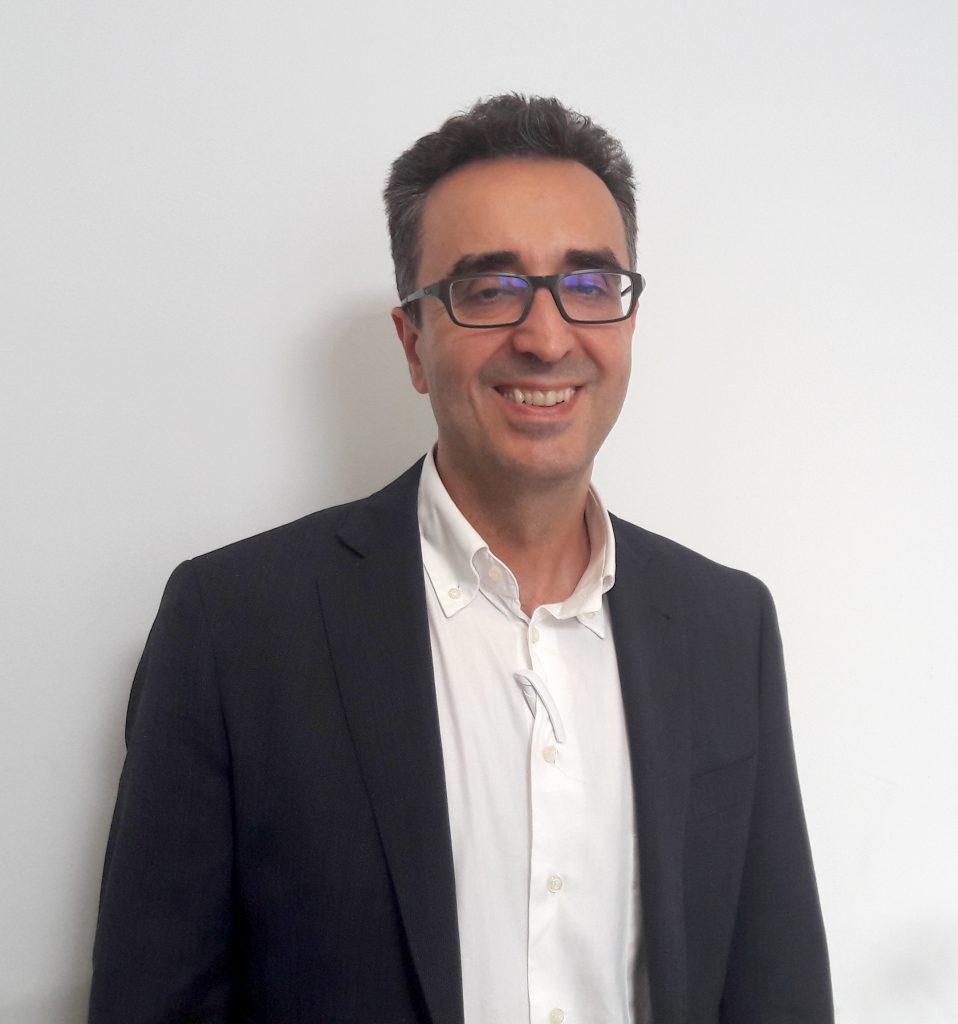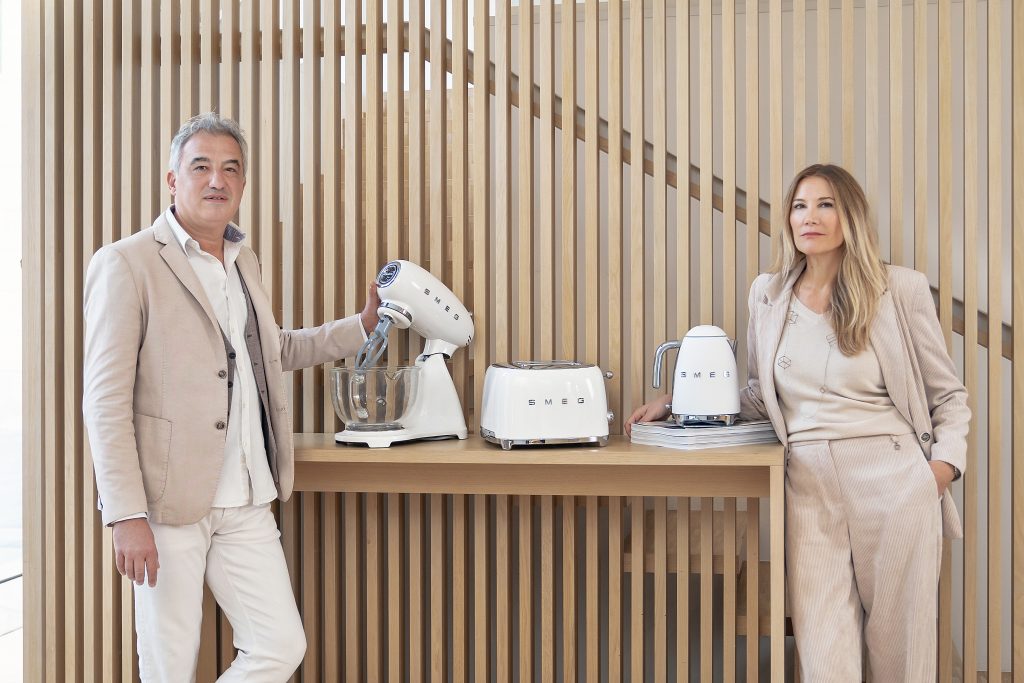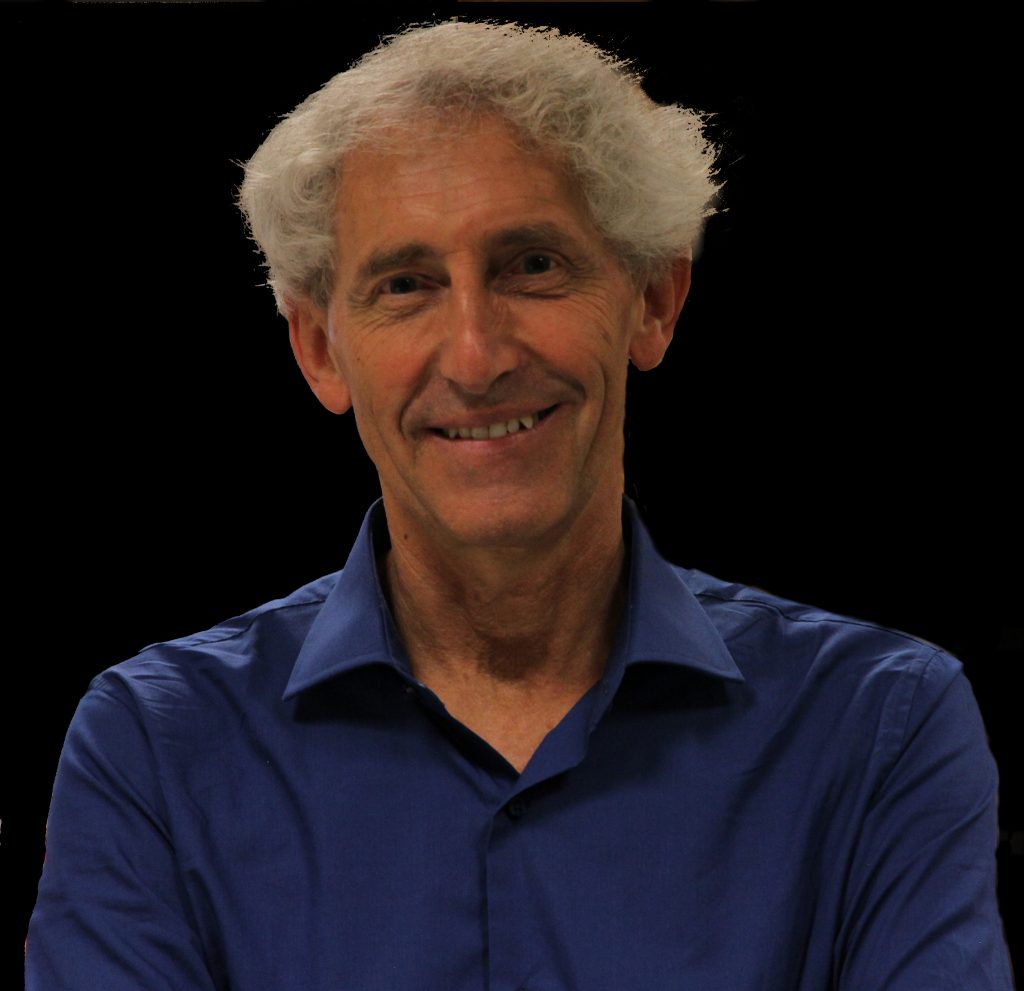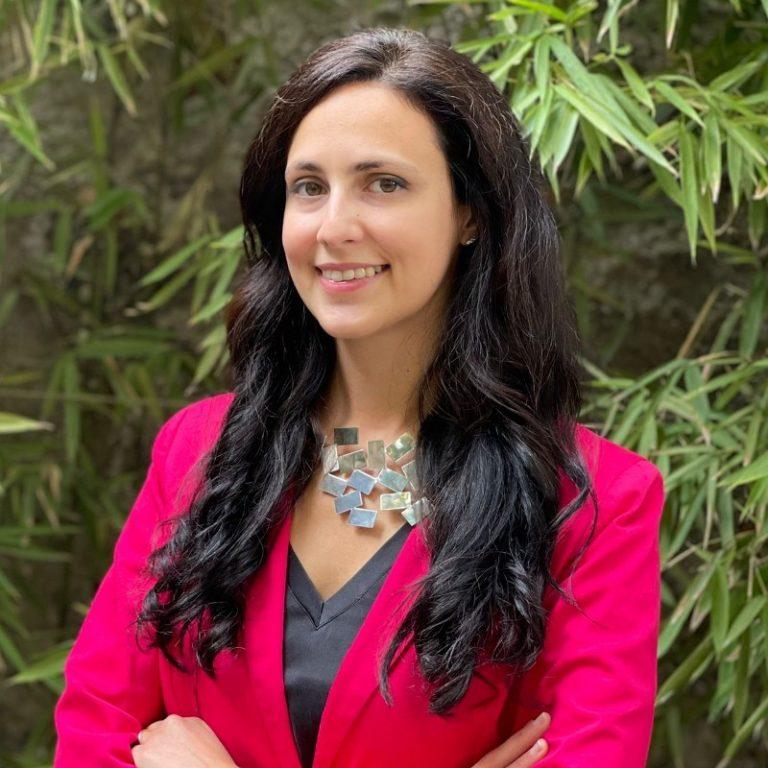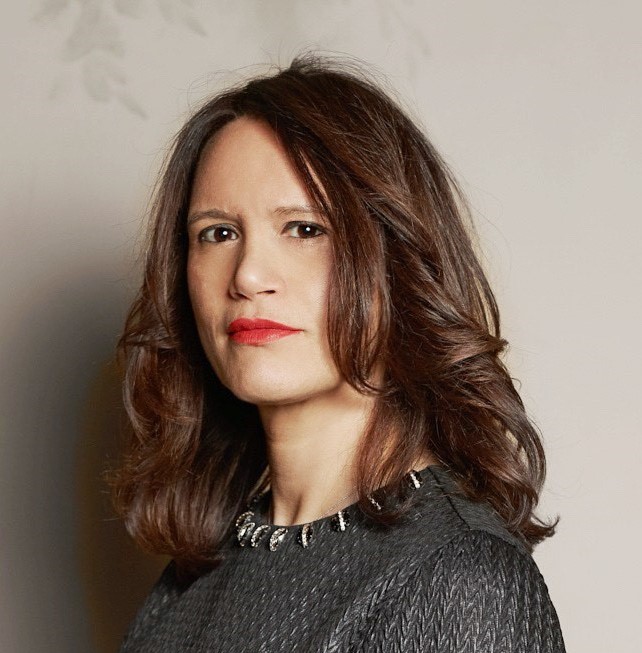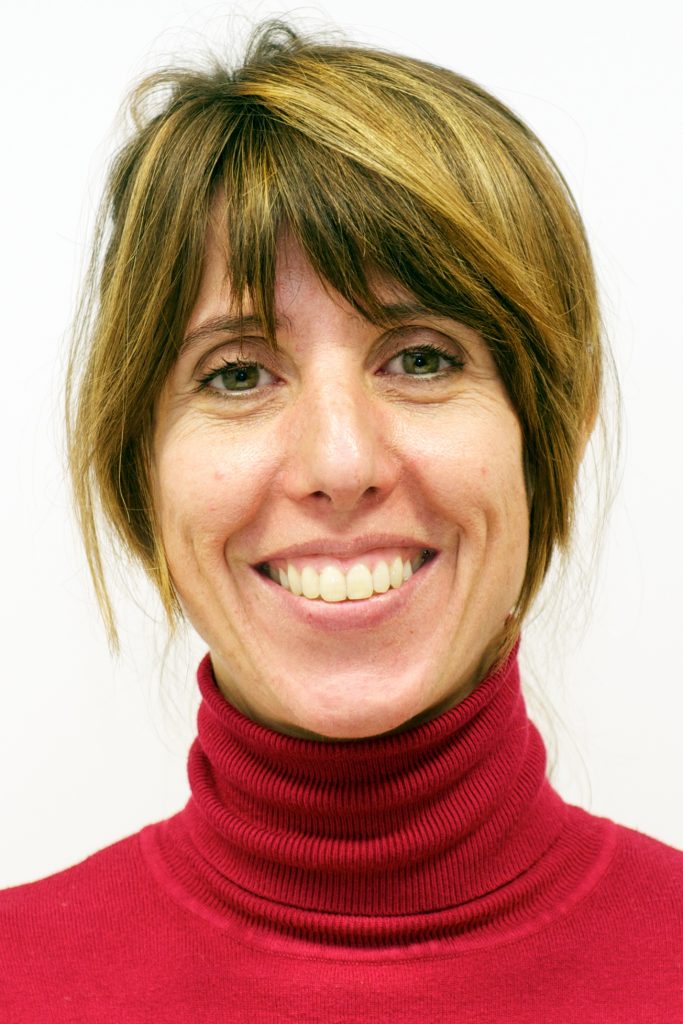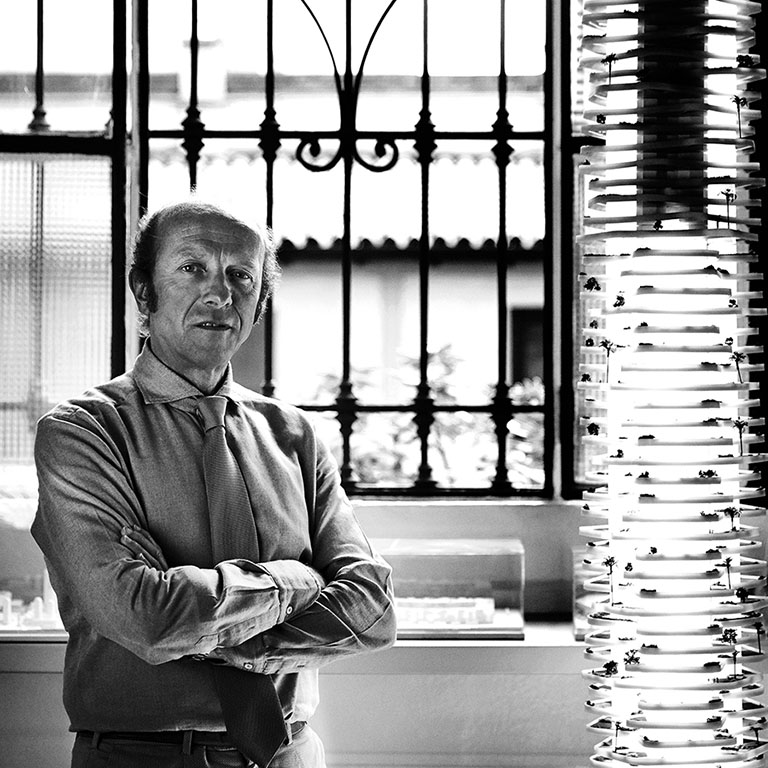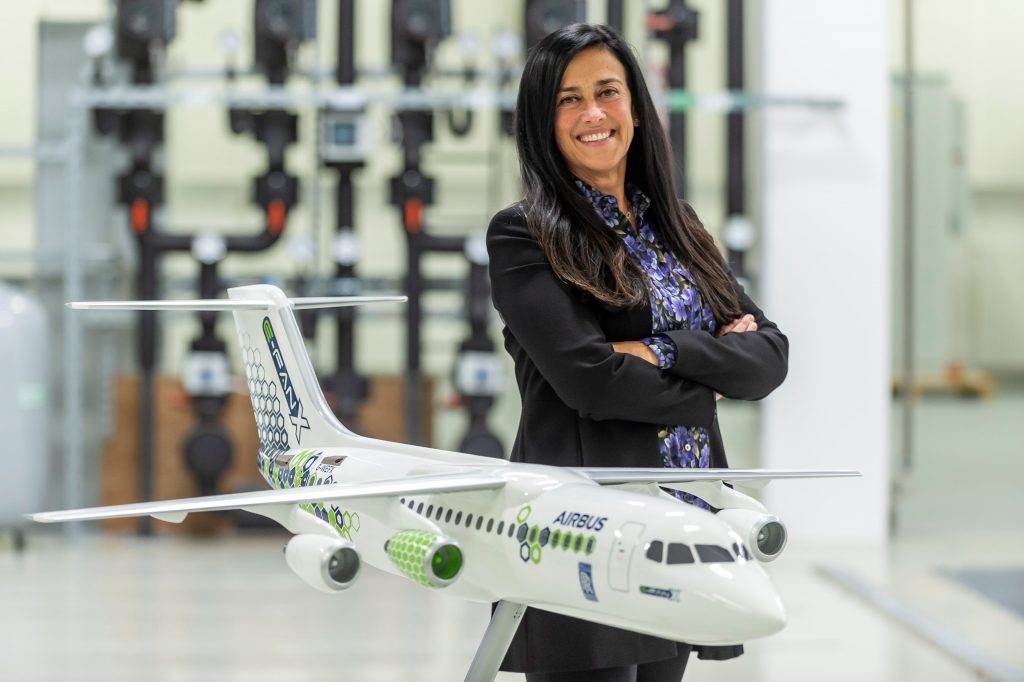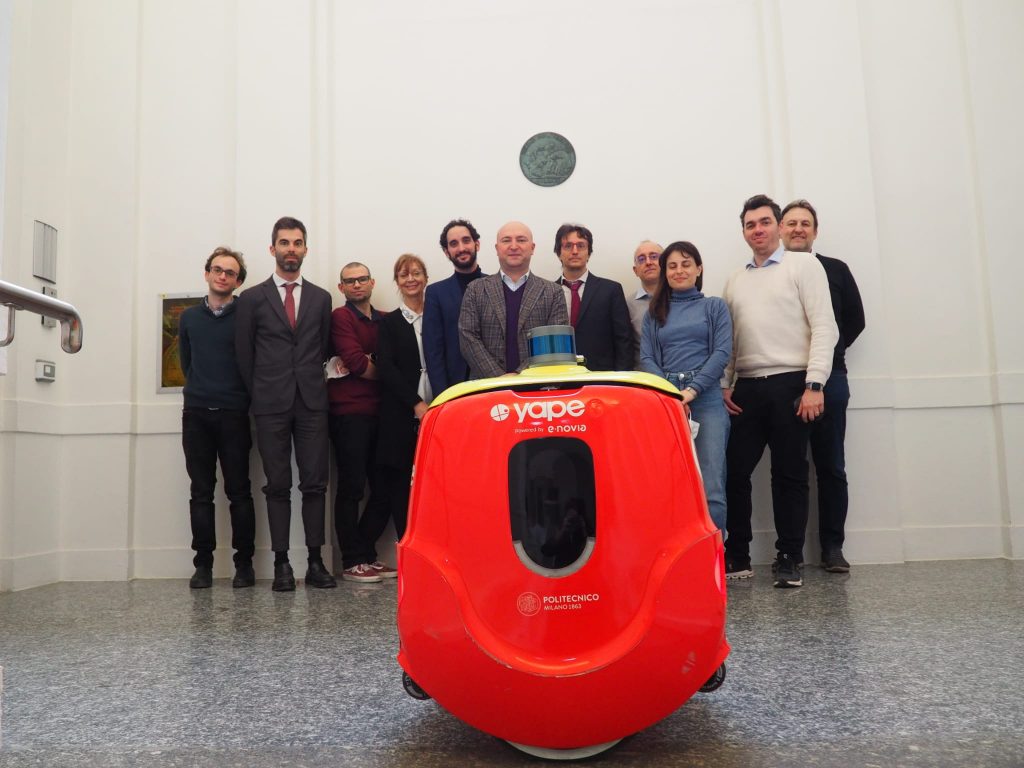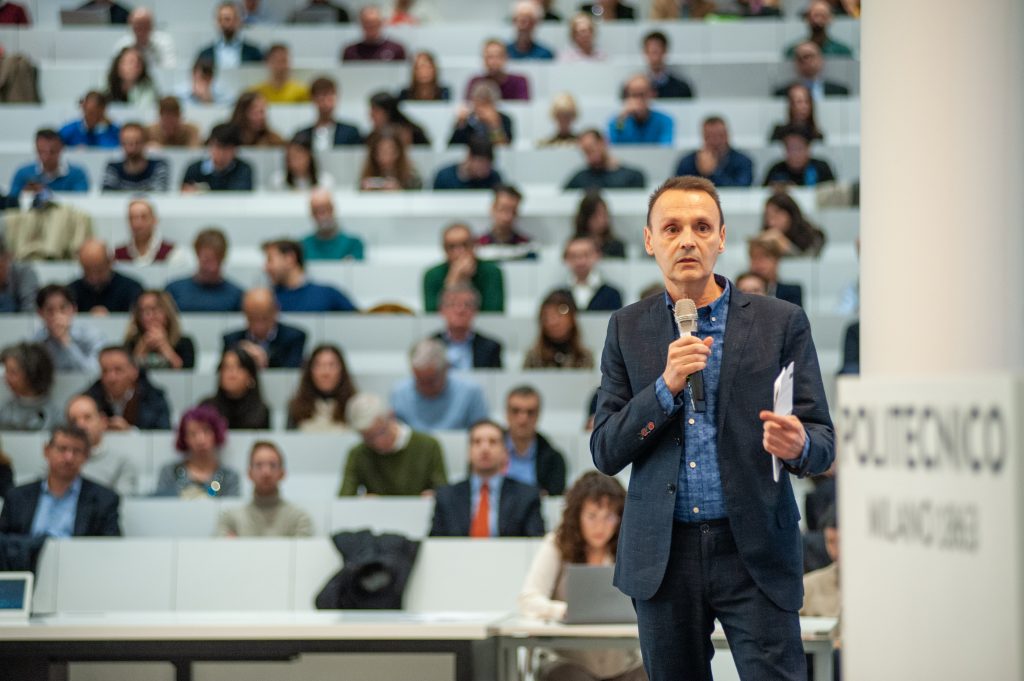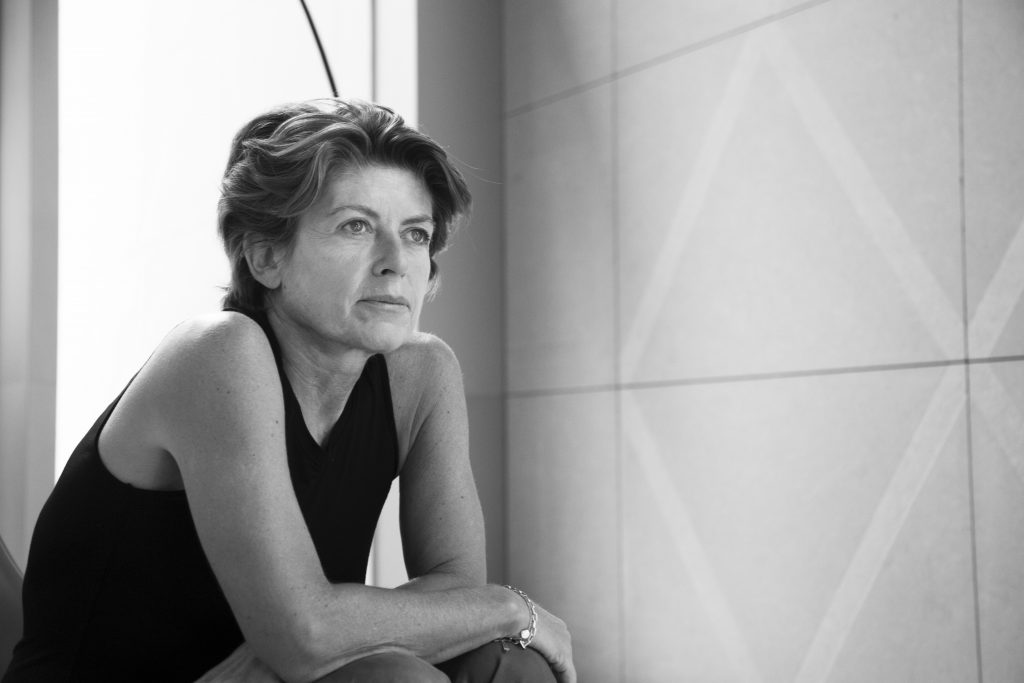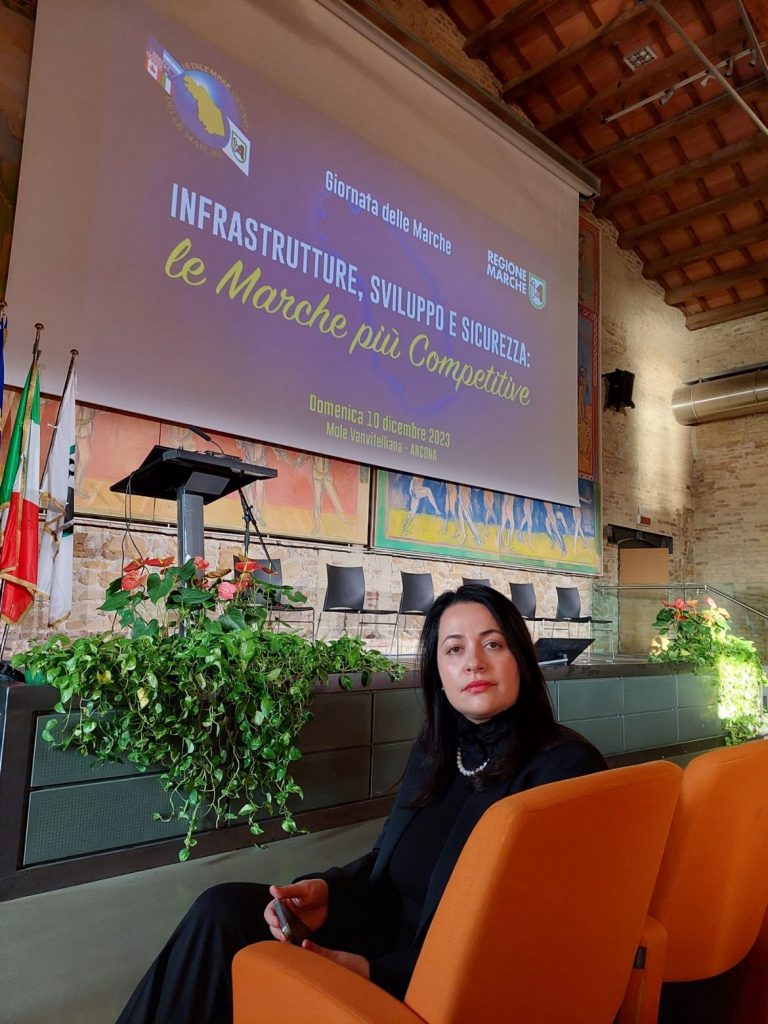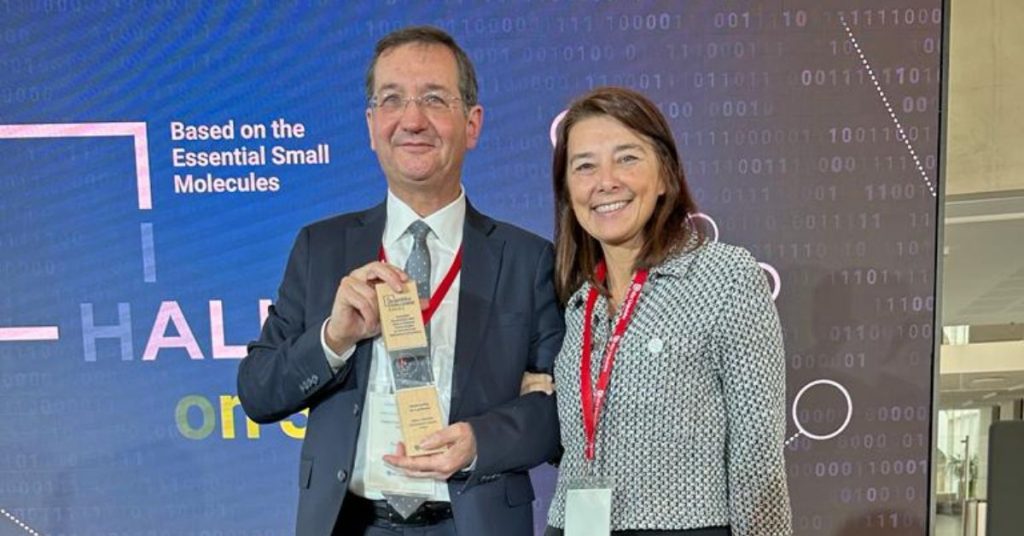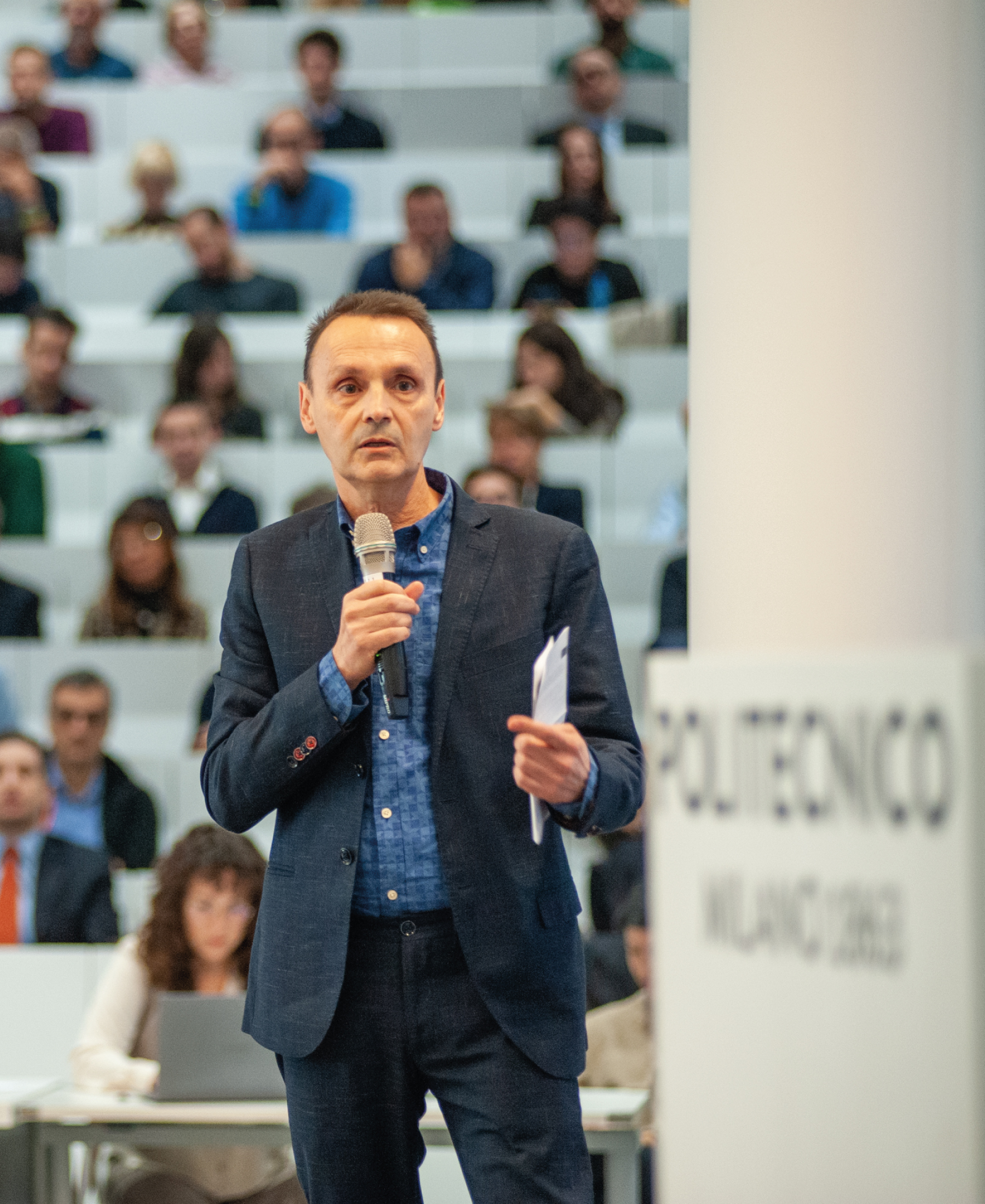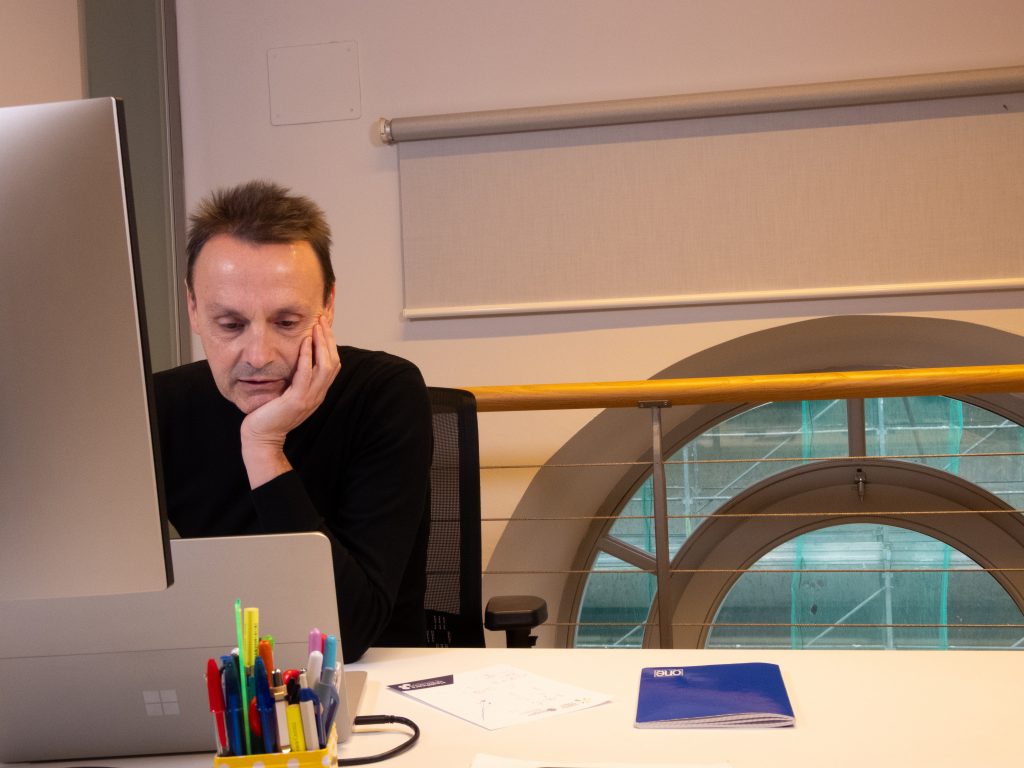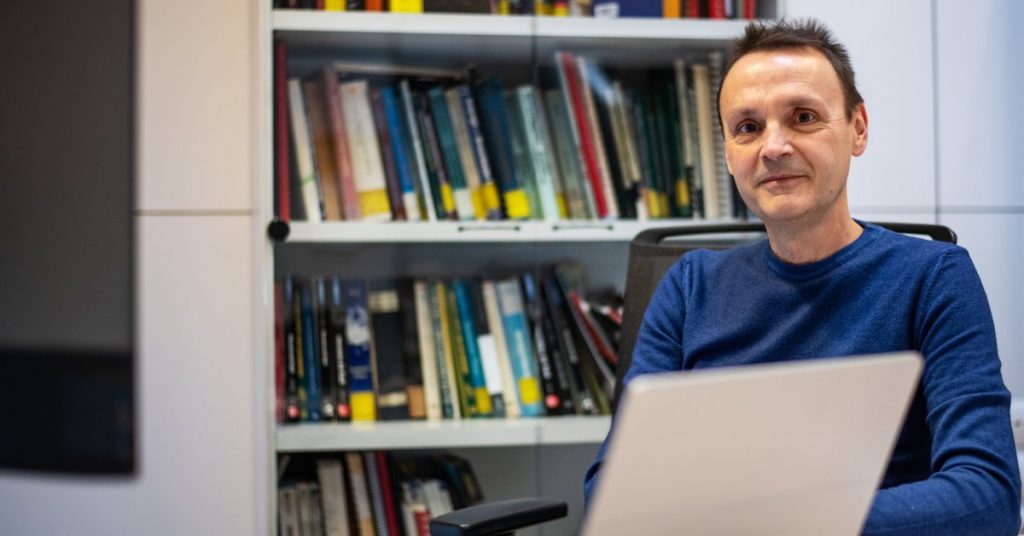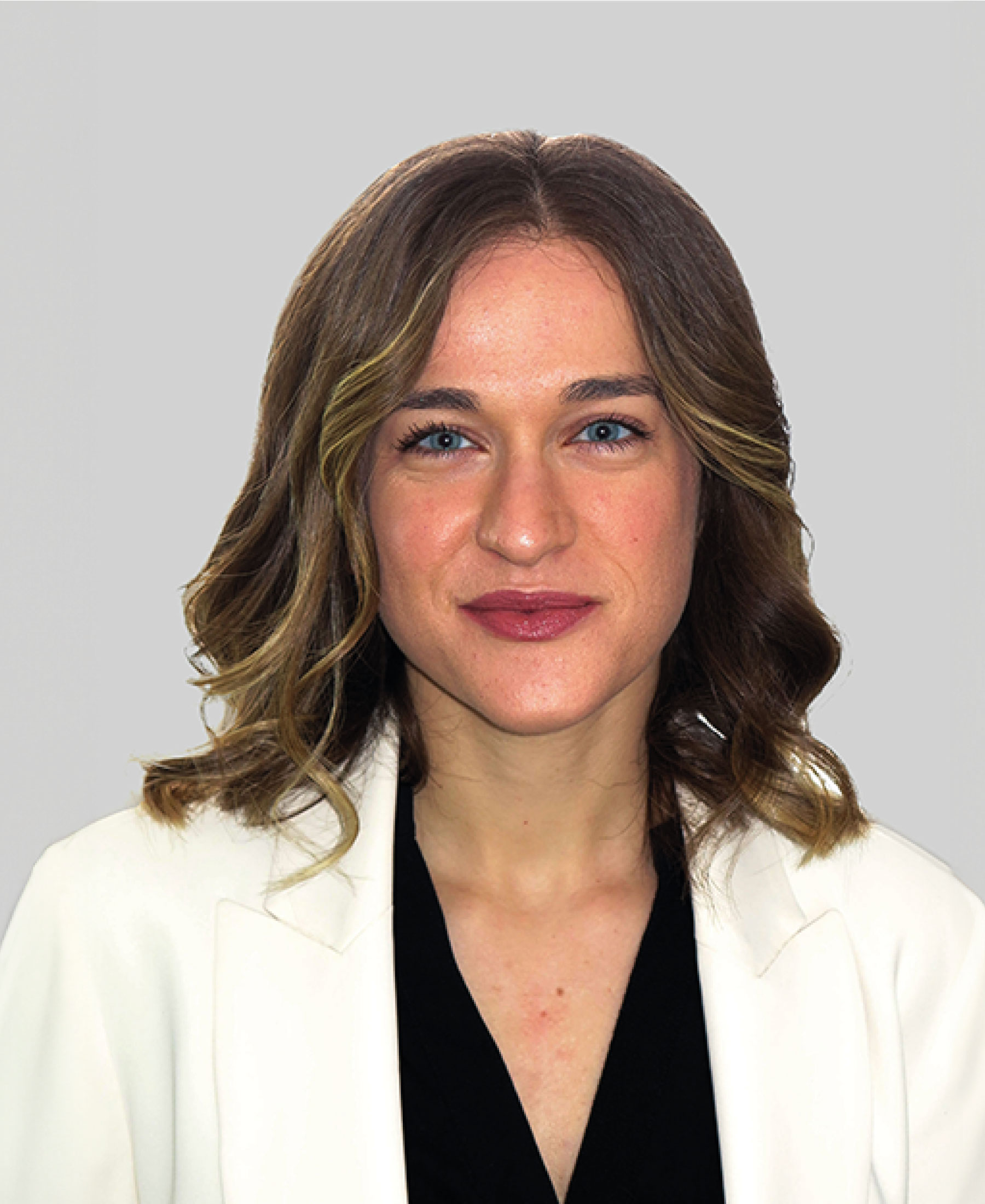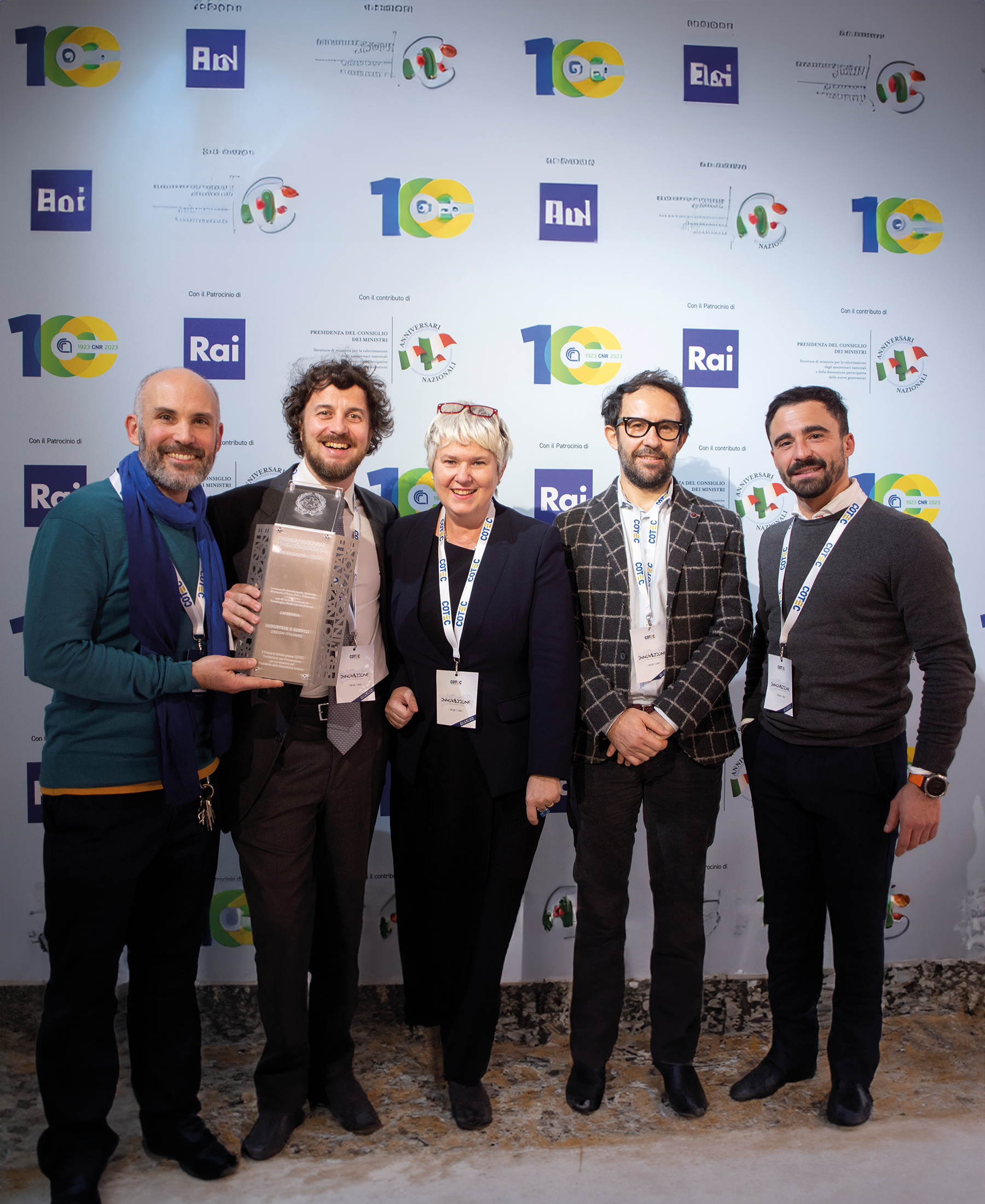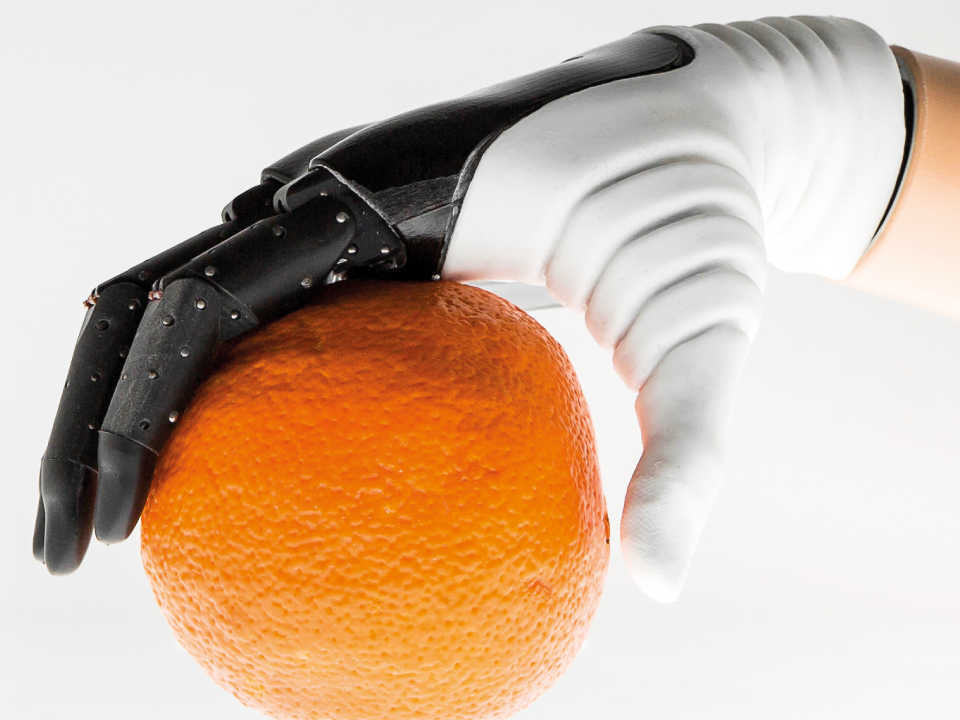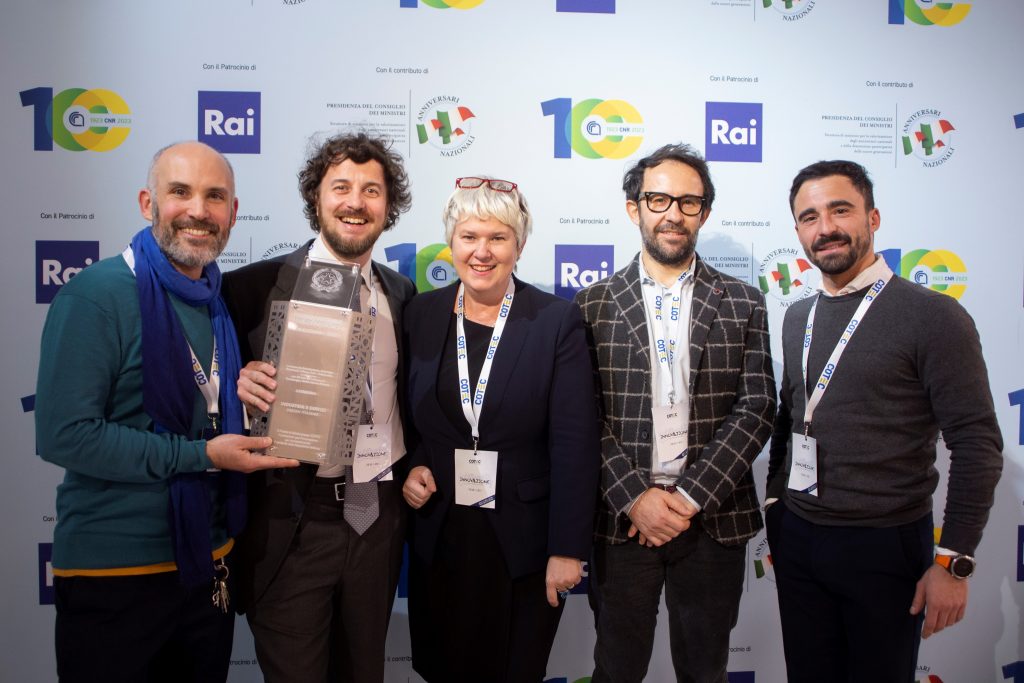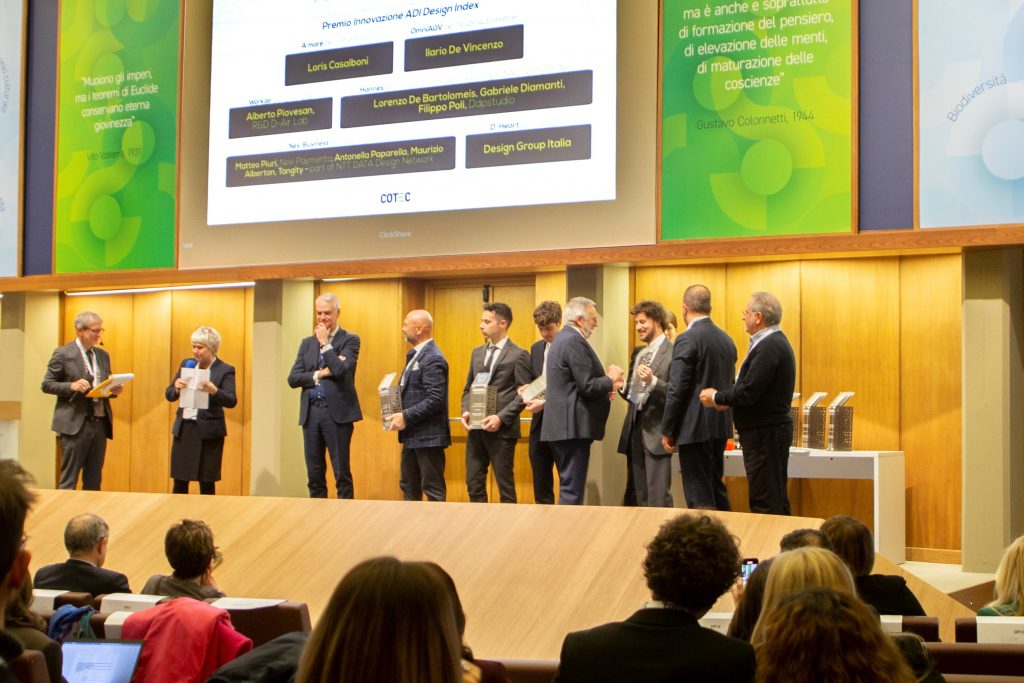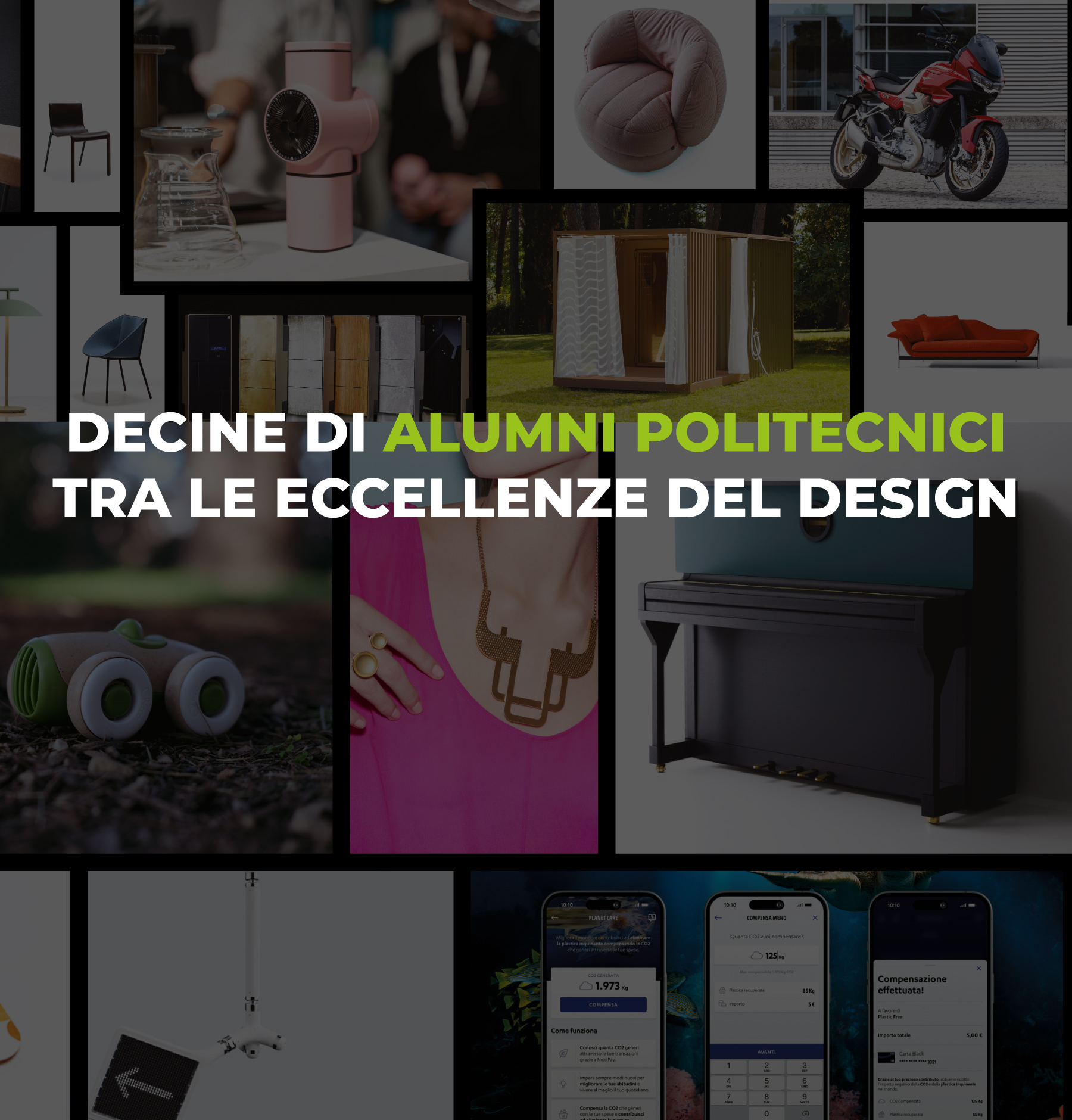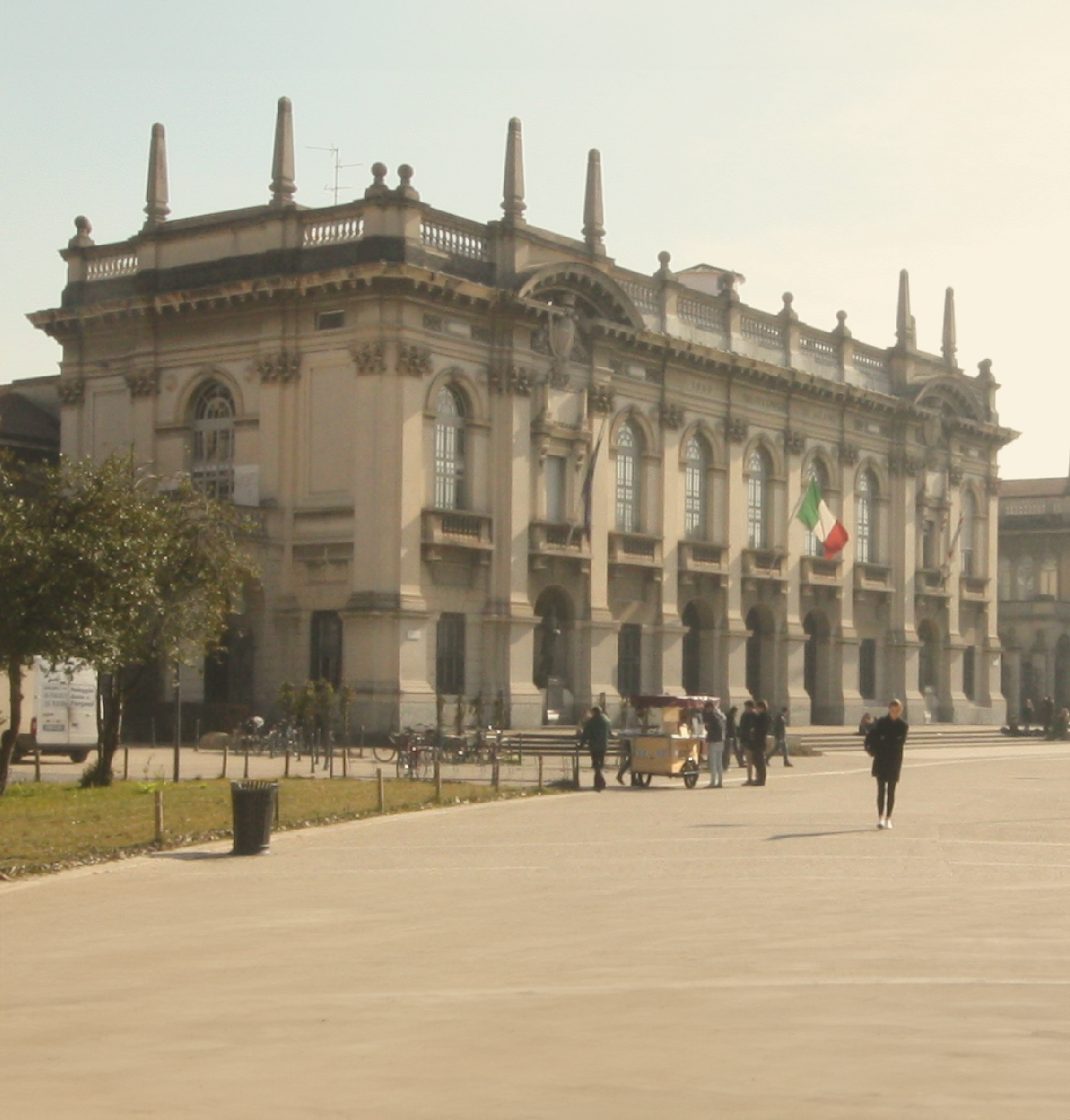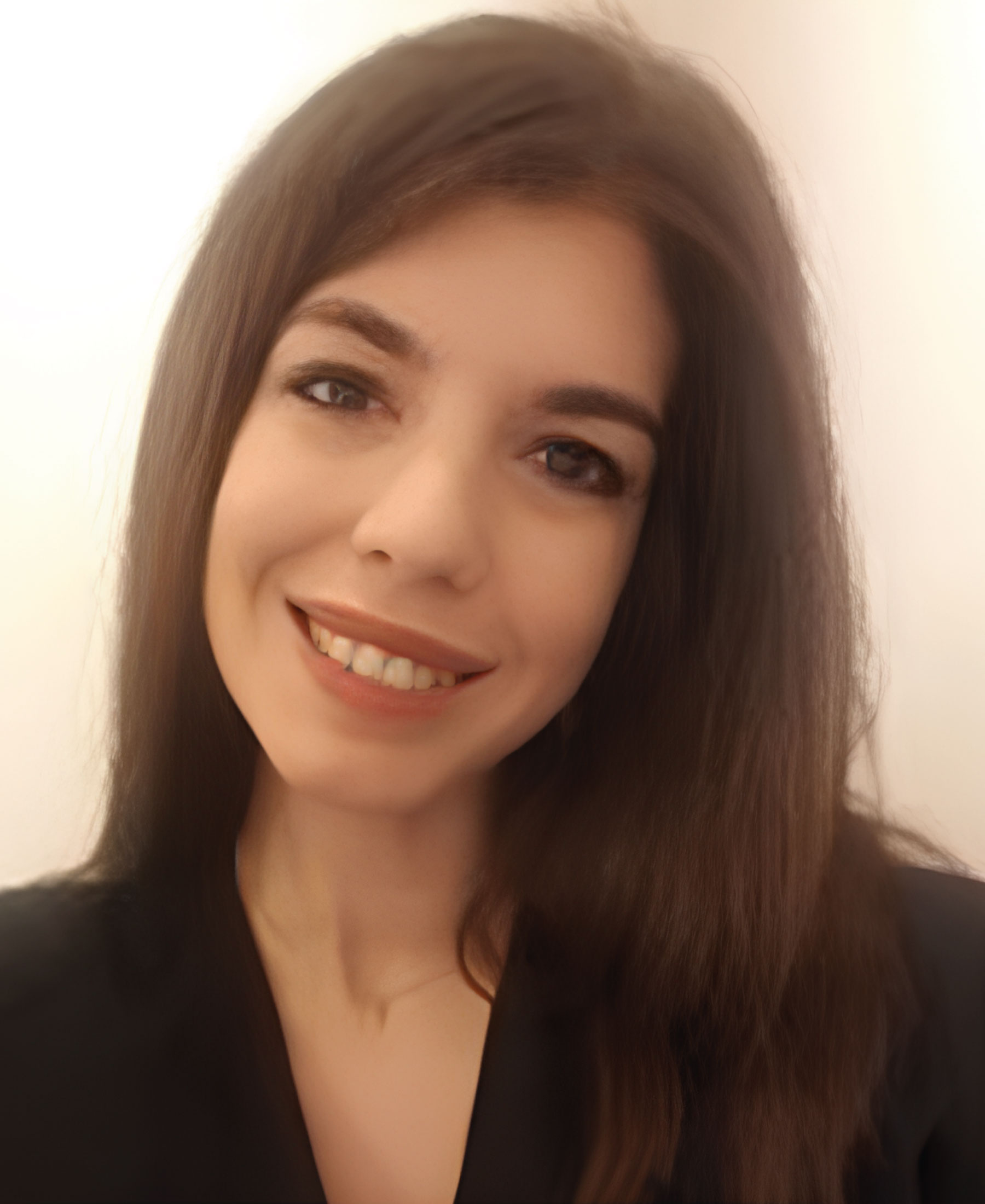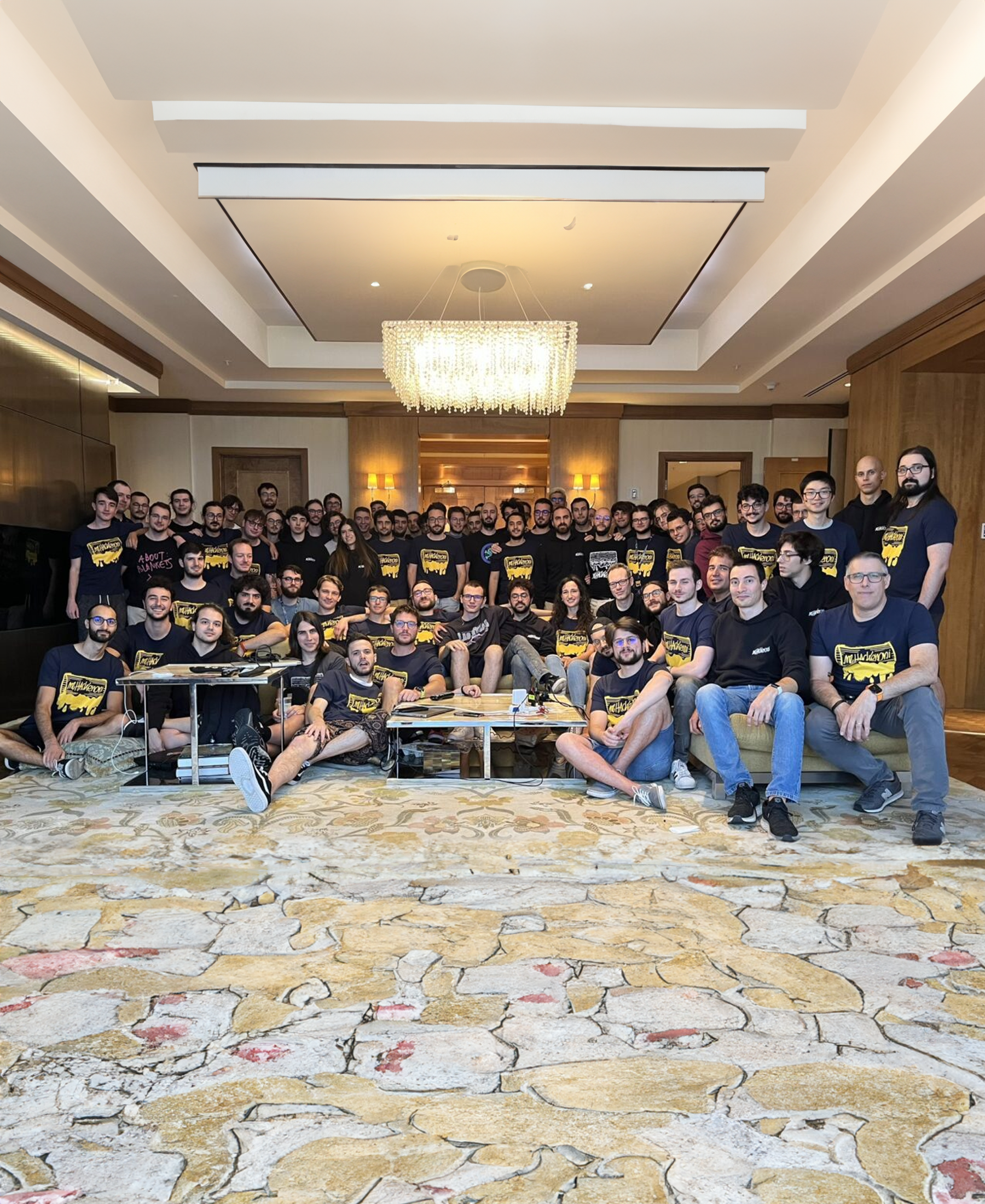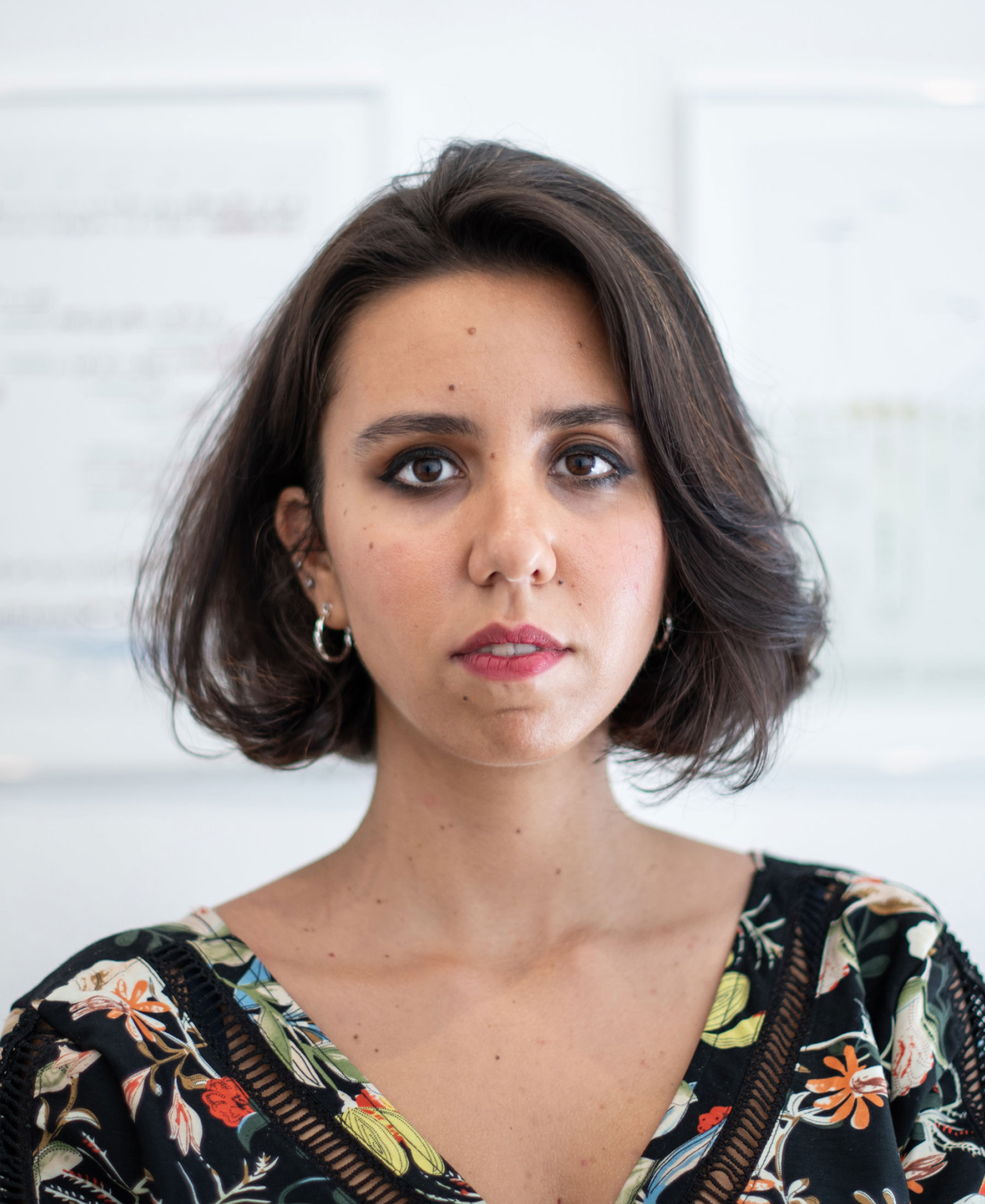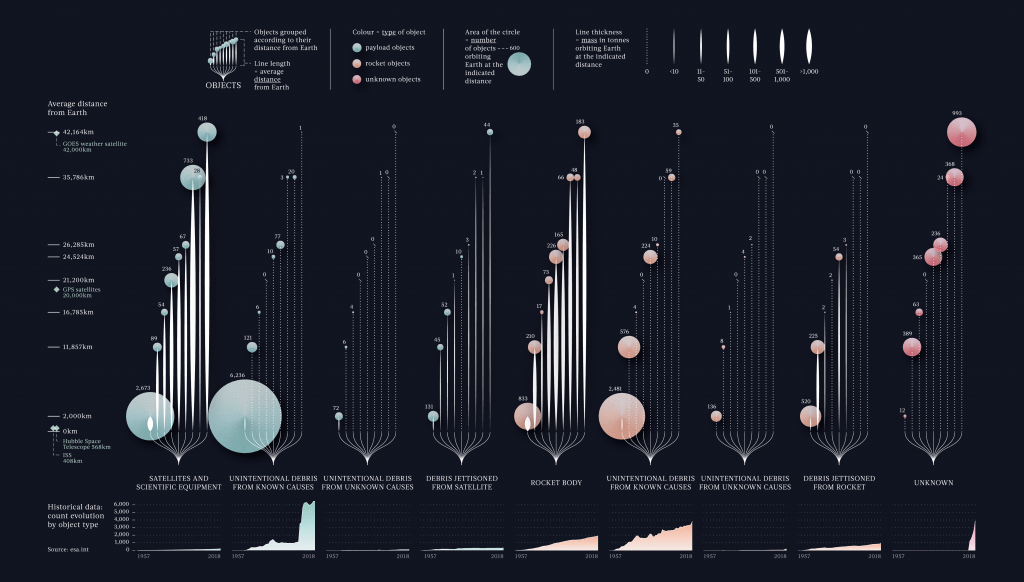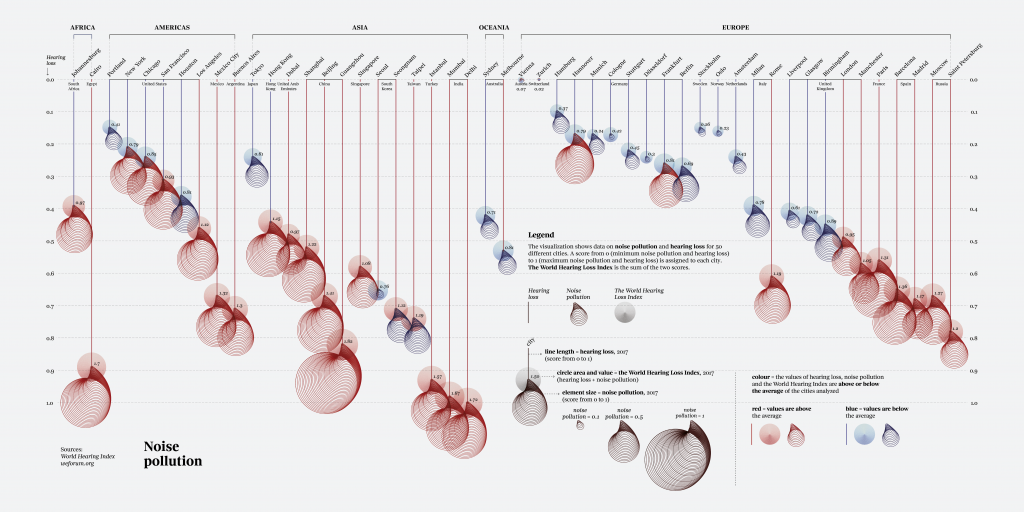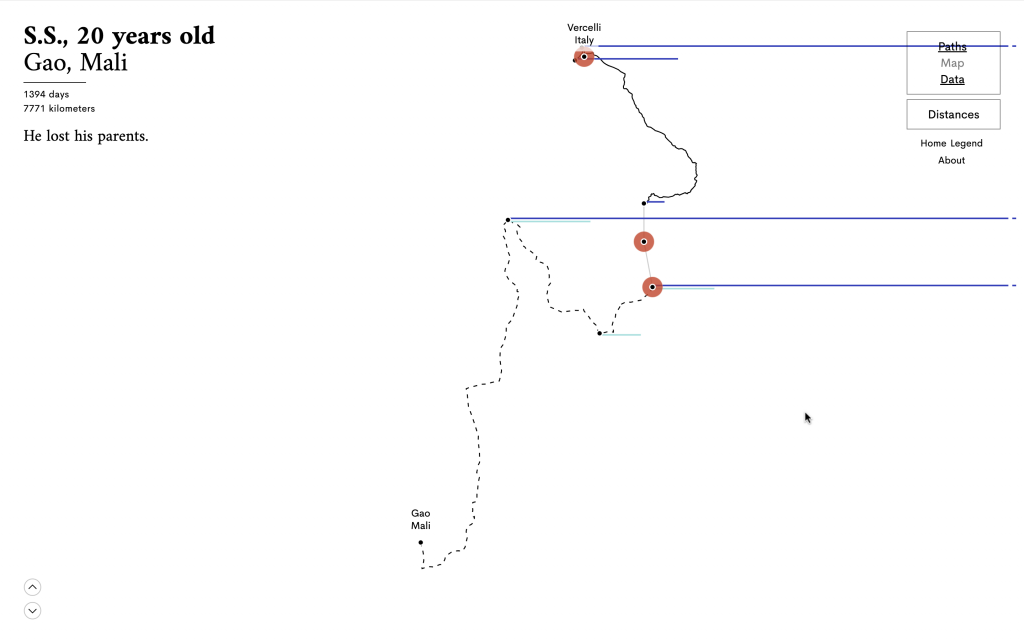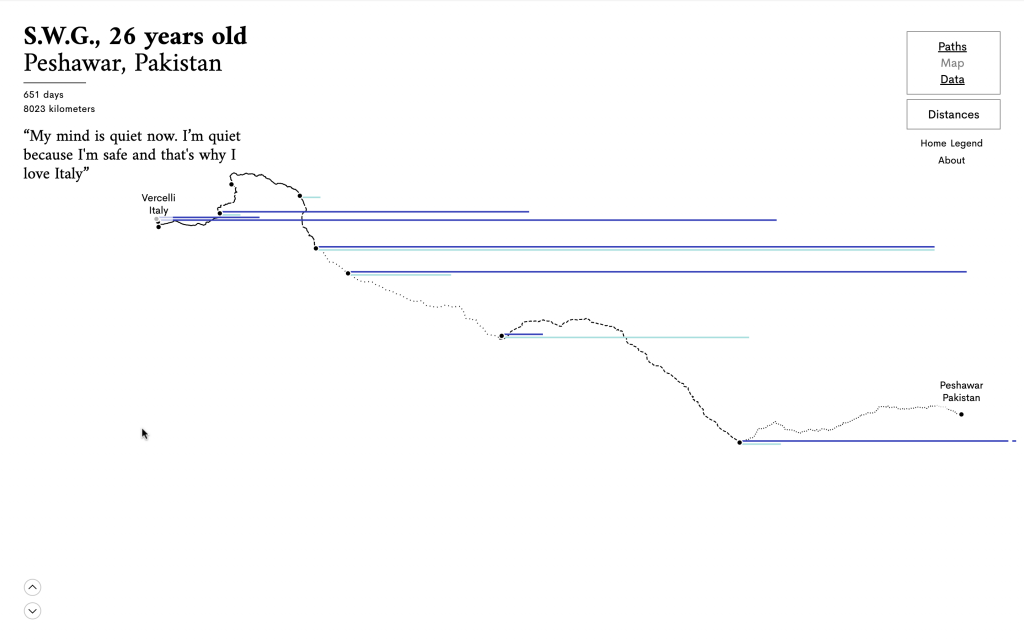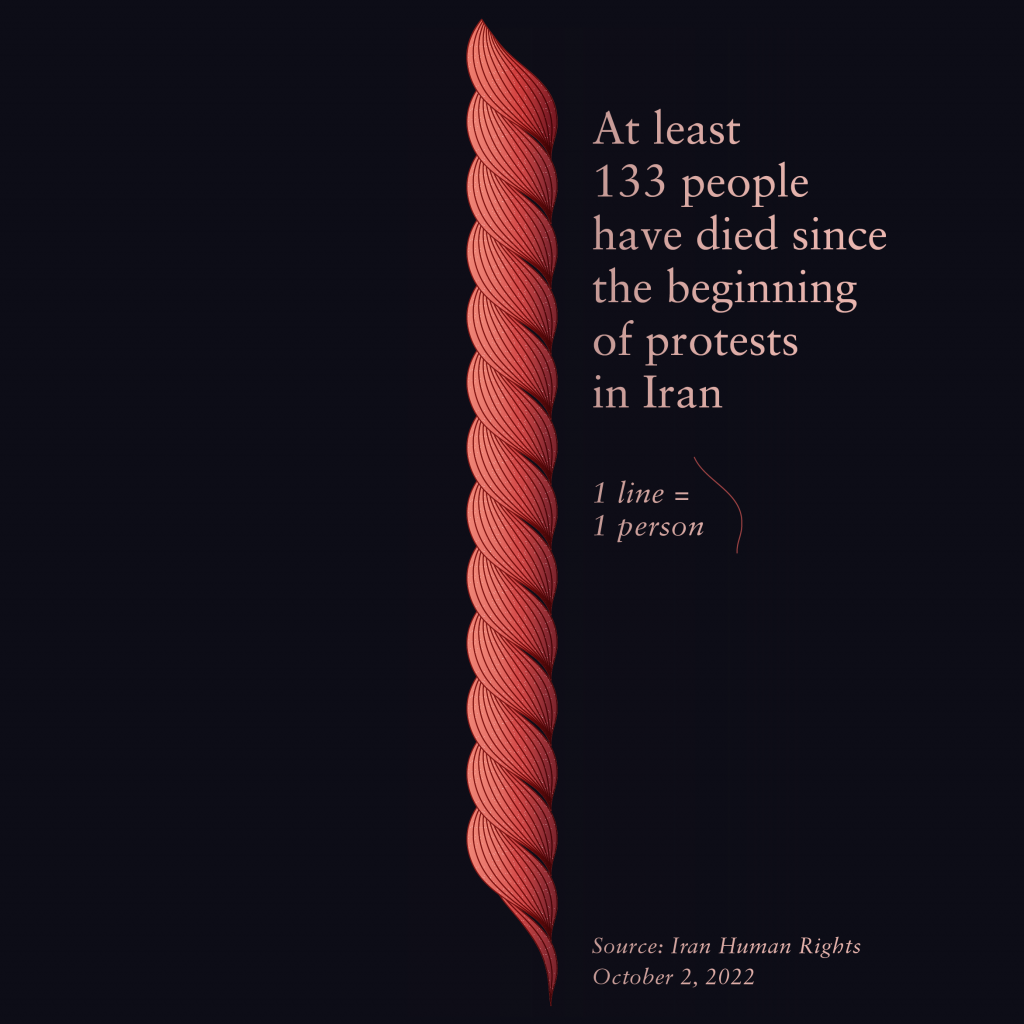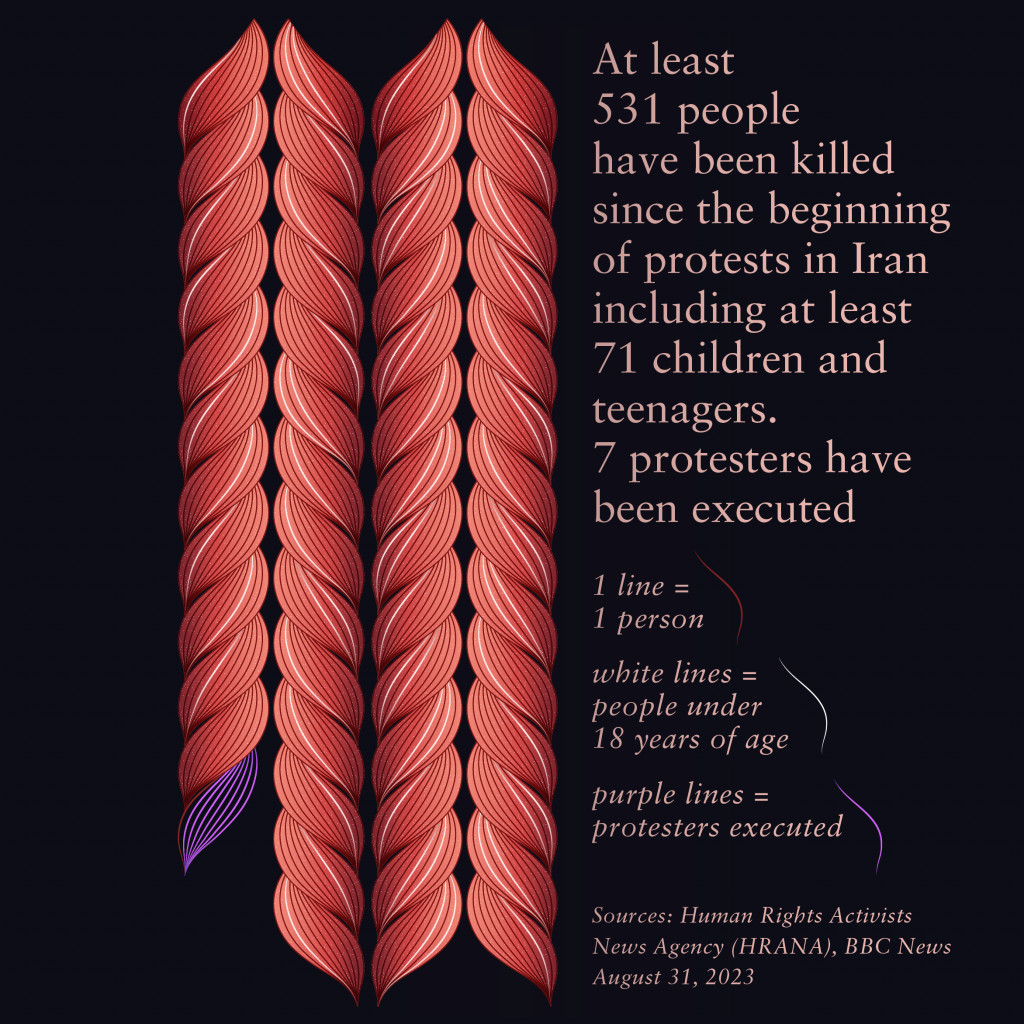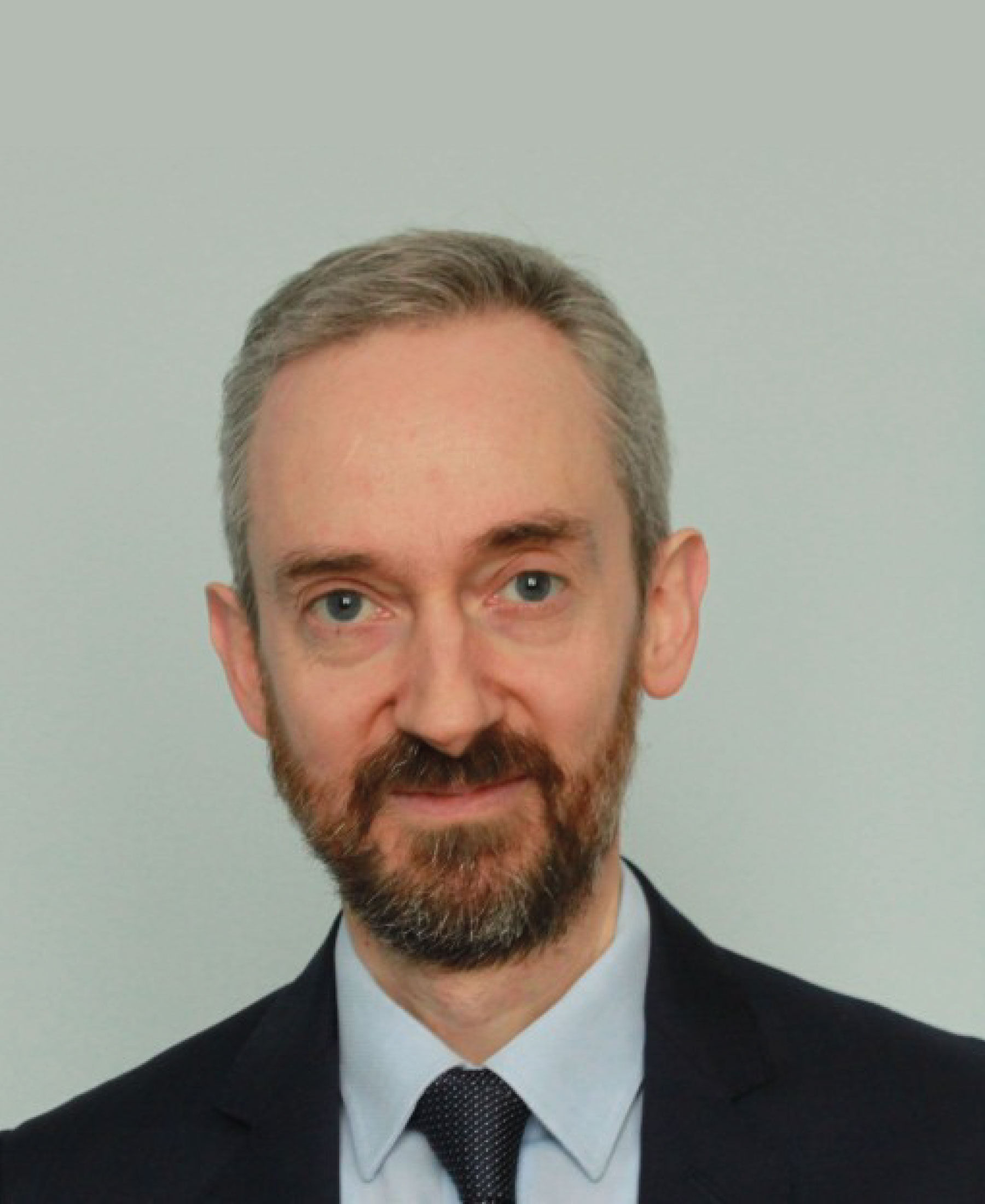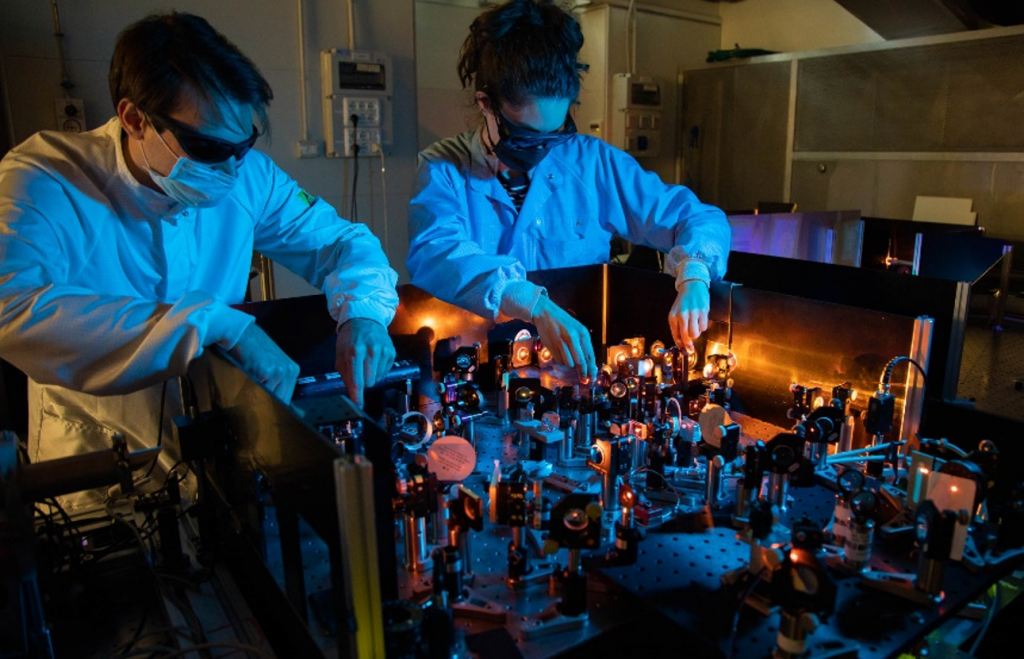This has been established by a list of the World's Top 2% Scientists, a global ranking of the most productive scientists prepared by Stanford University in collaboration with Elsevier and the "Scopus” database of the world's scientific research. The ranking is the result of a bibliometric analysis, a discipline that uses mathematical and statistical techniques to analyse the quantity, quality and diffusion of publications within scientific communities. The authors analysed data relating to around 8 million researchers from universities and research centres throughout the world.
Among them, approximately 204,000 scientists stood out for their scientific authority and currently represent the best 2%. Approximately 5,700 of these work (or have worked for the majority of their careers) in Italy, 202 of whom at Politecnico di Milano. Compare the downloadable data using this link
Calculations were performed using all Scopus author profiles as of 1 October 2023. Scientists are classified into 22 scientific fields and 174 subfields, from acoustics to zoology. The citations and the relative h-index, an index that measures the productivity and scientific impact of an author, based on both the number of publications and the number of citations received are evaluated for each researcher. A composite indicator is then calculated for each researcher that focuses on relevance, rather than simply the number of publications, and includes information on co-p authorship and author positions (single, first, last author). Finally, each profile is analysed and compared with the others using advanced machine learning techniques to produce comparable results across scientific areas.
THE 203 POLITECNICO SCIENTISTS IN THE TOP 2% IN THE WORLD
Aerospace and aeronautics, analytical, organic and inorganic chemistry, nuclear and chemical engineering, materials, mechanical engineering and transportation, applied and general mathematics, applied physics, artificial intelligence, automotive engineering, biomedical engineering, building and construction, business and management, civil engineering, hardware and computer architecture, design, electrical and electronic engineering, energy, environmental engineering, geology and geomatics, industrial engineering and automation, telecommunications, optics, optoelectronics and photonics, polymers, software engineering, strategic, defence & security studies, urban and territorial planning. These are the fields in which Politecnico di Milano researchers are among the best in the world. They are:
Tommaso Agasisti, Economics | Andrea Aliverti, Respiratory System | Edoardo Amaldi, Nuclear & Particle Physics | Francesco Amigoni, Artificial Intelligence & Image Processing | Gianfranco Angelino, Energy | Danilo Ardagna, Artificial Intelligence & Image Processing | M. Astolfi, Energy | Sara Bagherifard, Materials | Piero Baraldi, Strategic, Defence & Security Studies | Luigi Barazzetti, Geological & Geomatics Engineering | Luciano Baresi, Artificial Intelligence & Image Processing | Giuseppe Baselli, Biomedical Engineering | Stefano Beretta, Mechanical Engineering & Transports | Alberto Berizzi, Energy | Andrea Bernasconi, Materials | Luca Bertolini, Building & Construction | Giorgio Besagni, Mechanical Engineering & Transports | Luigi Biolzi, Building & Construction | Fabio Biondini, Civil Engineering | Sergio Bittanti, Industrial Engineering & Automation | Daniele Bocchiola, Environmental Engineering | Cristiana Bolchini, Computer Hardware & Architecture | Gabriella Bolzon, Mechanical Engineering & Transports | Andrea Bonarini, Artificial Intelligence & Image Processing | Benedetto Bozzini, Energy | Francesco Braghin, Automobile Design & Engineering | Marco Brambilla, Artificial Intelligence & Image Processing | Angelo M. Brambilla, Electrical & Electronic Engineering | Elisabetta Brenna, Organic Chemistry | Matteo Bruggi, Applied Mathematics | S. Bruni, Automobile Design & Engineering | Enrico Cagno, Energy | Roberto Camagni, Urban & Regional Planning | Stefano Campanari, Energy | Roberta Capello, Urban & Regional Planning | Edoardo Capello, Materials | Antonio Capone, Networking & Telecommunications | Valter Carvelli, Materials | Siro Casolo, Mechanical Engineering & Transports | Carlo Cercignani, Fluids & Plasmas | Stefano Ceri, Artificial Intelligence & Image Processing | Giulio Cerullo, Optics | Sergio Cerutti, Biomedical Engineering | Federico Cheli, Automobile Design & Engineering | Vittorio Chiesa, Business & Management | Paolo Chiesa, Energy | Pasquale Ciarletta, Mechanical Engineering & Transports | Lorenzo Codecasa, Electrical & Electronic Engineering | Patrizio Colaneri, Industrial Engineering & Automation | Marcello Colledani, Industrial Engineering & Automation | Pierluigi Colombi, Materials | Massimo G. Colombo, Business & Management | F. Colombo, General Mathematics | Bianca Maria Colosimo, Industrial Engineering & Automation | Claudia Comi, Mechanical Engineering & Transports | Stefano Consonni, Energy | Alberto Corigliano, Mechanical Engineering & Transports | Dario Coronelli, Civil Engineering | Sergio Cova, Optoelectronics & Photonics | Loredana Cristaldi, Electrical & Electronic Engineering | Rinaldo Cubeddu, Optics | Gianpaolo Cugola, Artificial Intelligence & Image Processing | A. Cuoci, Energy | Gabriele D’antona, Electrical & Electronic Engineering | Gianluca D’Errico, Energy | Florian Daniel, Artificial Intelligence & Image Processing | Carlo De Michele, Environmental Engineering | Sandro De Silvestri, Optoelectronics & Photonics | Giuseppe Della Valle, Optics | Luigi T. DeLuca, Aerospace & Aeronautics | Ali Gökhan Demir, Materials | Marco di Prisco, Building & Construction | Giorgio Diana, Civil Engineering | L. Dozio, Materials | Lorenzo Fagiano, Industrial Engineering & Automation | Roberto Sebastiano Faranda, Energy | Tiziano Faravelli, Energy | Liberato Ferrara, Building & Construction | Alessandro Ferrero, Electrical & Electronic Engineering | Giancarlo Ferrigno, Biomedical Engineering | Marco Finazzi, Applied Physics | Pio Forzatti, Physical Chemistry | A. Frassoldati, Energy | Piero Fraternali, Artificial Intelligence & Image Processing | Carlo Albino Frigo, Biomedical Engineering | Alfonso Fuggetta, Software Engineering | Maurizio Stefano Galimberti, Polymers | Pietro G. Gambarova, Civil Engineering | Fabio Ganazzoli, Polymers | Franca Garzotto, Artificial Intelligence & Image Processing | Filippo Gazzola, General Mathematics | Carmelo Gentile, Civil Engineering | Carlo Ghezzi, Software Engineering | Massimo Ghioni, Optoelectronics & Photonics | Marco Giglio, Materials | Giuseppina Gini, Artificial Intelligence & Image Processing | Giancarlo Gioda, Geological & Geomatics Engineering | Antonio Giuffrida, Energy | M. Grasselli, General Mathematics | Gianmarco Griffini, Polymers | Gianpiero Groppi, Physical Chemistry | Mario Guagliano, Materials | Alberto Guardone, Aerospace & Aeronautics | Andrea Virgilio Guarnieri, Geological & Geomatics Engineering | D. Ielmini, Applied Physics | Hamid Reza Karimi, Industrial Engineering & Automation | Andrea L. Lacaita, Applied Physics | Guglielmo Lanzani, Applied Physics | Pier Luca Lanzi, Artificial Intelligence & Image Processing | Paolo Laporta, Optics | Alberto Leva, Industrial Engineering & Automation | Sonia Leva, Energy | Salvatore Levantino, Electrical & Electronic Engineering | Luca Lietti, Physical Chemistry | Maria Pina Limongelli, Civil Engineering | Giorgio Locatelli, Energy | Stefano Longhi, Optics | Marco Lovera, Industrial Engineering & Automation | Giovanni Lozza, Energy | Elena Lucchi, Building & Construction | Ennio Macchi, Energy | Giuseppe Macchiarella, Networking & Telecommunications | Paolo Maffezzoni, Electrical & Electronic Engineering | Vittorio Magni, Optoelectronics & Photonics | Giulio Maier, Mechanical Engineering & Transports | Luca Mainardi, Biomedical Engineering | Erfan Maleki, Materials | Flavio Manenti, Energy | Ezio Manzini, Design Practice & Management | Giampaolo Manzolini, Energy | Stefano Mariani, Mechanical Engineering & Transports | M. Marseguerra, Energy | M. Martinelli, Optoelectronics & Photonics | Pierangelo Masarati, Aerospace & Aeronautics | Emilio Matricciani, Networking & Telecommunications | Domenico Mazzeo, Energy | Marco Mehl, Energy | Stefano Valdo Meille, Polymers | Andrea Mele, Organic Chemistry | Andrea Melloni, Optoelectronics & Photonics | Pierangelo Metrangolo, Organic Chemistry | Francesco Migliavacca, Biomedical Engineering | Gabriele Milani, Civil Engineering | Francesco Minisci, Organic Chemistry | Massimo Morbidelli, Chemical Engineering | Francesco Morichetti, Optoelectronics & Photonics | Luca Mottola, Networking & Telecommunications | G. Natta, Polymers | Michele Norgia, Electrical & Electronic Engineering | Roberto Nova, Geological & Geomatics Engineering | Angelo Onorati, Energy | A. Pandolfi, Mechanical Engineering & Transports | Roberto Paolucci, Strategic, Defence & Security Studies | Vittorino Pata, General Mathematics | Achille Pattavina, Networking & Telecommunications | P. Pedeferri, Energy | Antonio Pedotti, Biomedical Engineering | Paolo Pennacchi, Design Practice & Management | Giancarlo Pennati, Biomedical Engineering | Barbara Pernici, Artificial Intelligence & Image Processing | Roberto Piazza, Fluids & Plasmas | Luigi Piegari, Electrical & Electronic Engineering | Antonio Pifferi, Optics | Luigi Piroddi, Industrial Engineering & Automation | Claudio Maria Prati, Geological & Geomatics Engineering | Manuela Teresa Raimondi, Biomedical Engineering | Eliseo Ranzi, Energy | Alberto Redaelli, Biomedical Engineering | Giuseppe Resnati, Organic Chemistry | Pier Giorgio Righetti, Analytical Chemistry | F. Rocca, Geological & Geomatics Engineering | Paolo Rocco, Industrial Engineering & Automation | Matteo C. Romano, Energy | Renzo Rosso, Environmental Engineering | M. C. Rulli, Environmental Engineering | Giuseppe Sala, Materials | Carlo Samori, Electrical & Electronic Engineering | Sergio M. Savaresi, Industrial Engineering & Automation | Marco Scaioni, Geological & Geomatics Engineering | Fabio Scardigli, Nuclear & Particle Physics | Riccardo Scattolini, Industrial Engineering & Automation | Umberto Spagnolini, Networking & Telecommunications | Matteo Strano, Materials | O. Svelto, Optoelectronics & Photonics | Alberto Taliercio, Mechanical Engineering & Transports | Maria Cristina Tanzi, Biomedical Engineering | Paola Taroni, Optics | Stefano Tebaldini, Geological & Geomatics Engineering | Tullio A.M. Tolio, Industrial Engineering & Automation | Francesco Topputo, Aerospace & Aeronautics | Massimo Tornatore, Networking & Telecommunications | Alessandro Torricelli, Optics | Alberto Tosi, Optoelectronics & Photonics | Enrico Tronconi, Physical Chemistry | John Rodney Turner, Building & Construction | Marco Valente, Civil Engineering | Maurizio Vedani, Materials | Carlo Vercellis, Artificial Intelligence & Image Processing | Stefano Zanero, Artificial Intelligence & Image Processing | Franco Zappa, Optoelectronics & Photonics | Giuseppe Zerbi, Chemical Physics | Enrico Zio, Strategic, Defence & Security Studies


